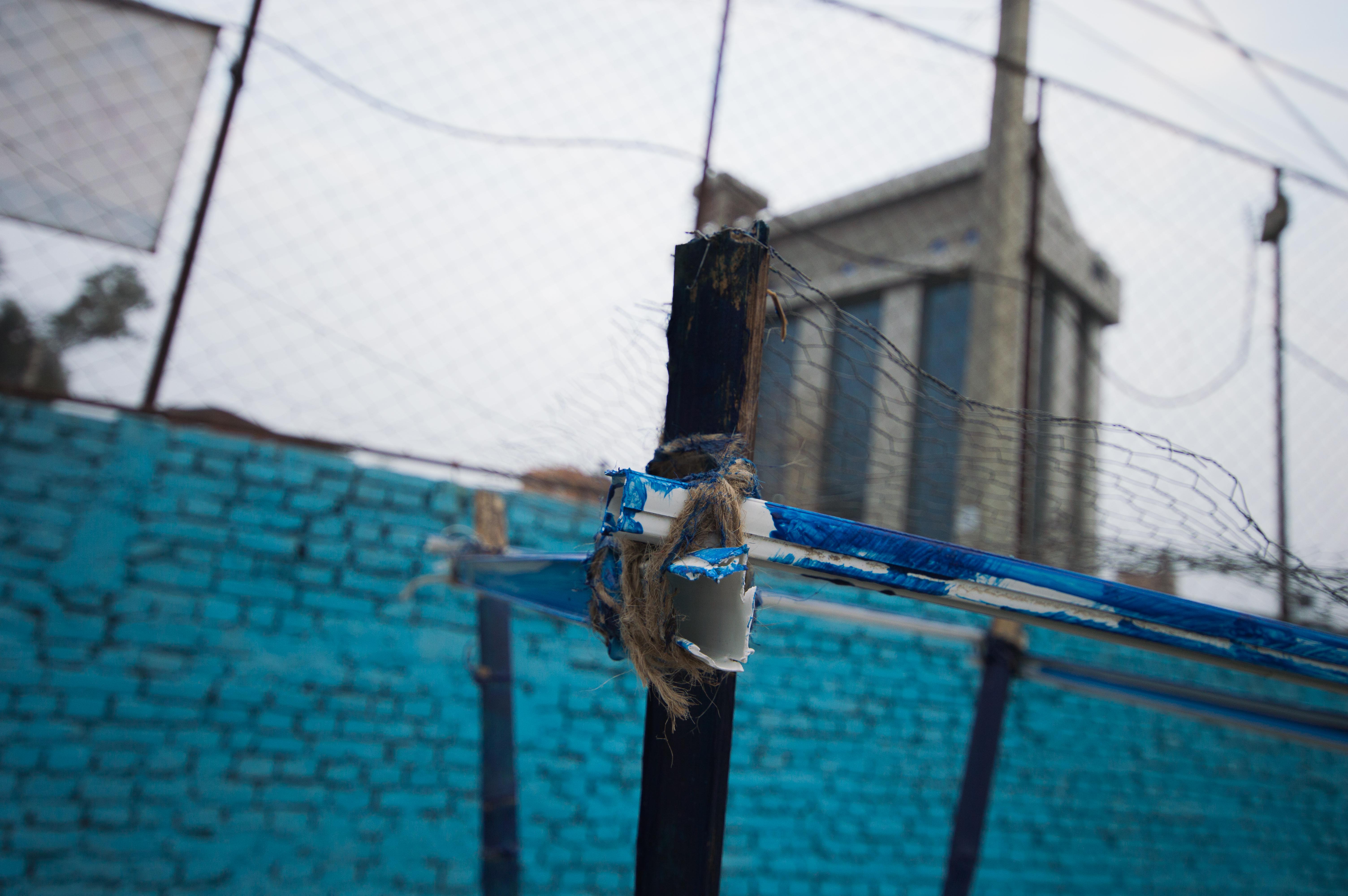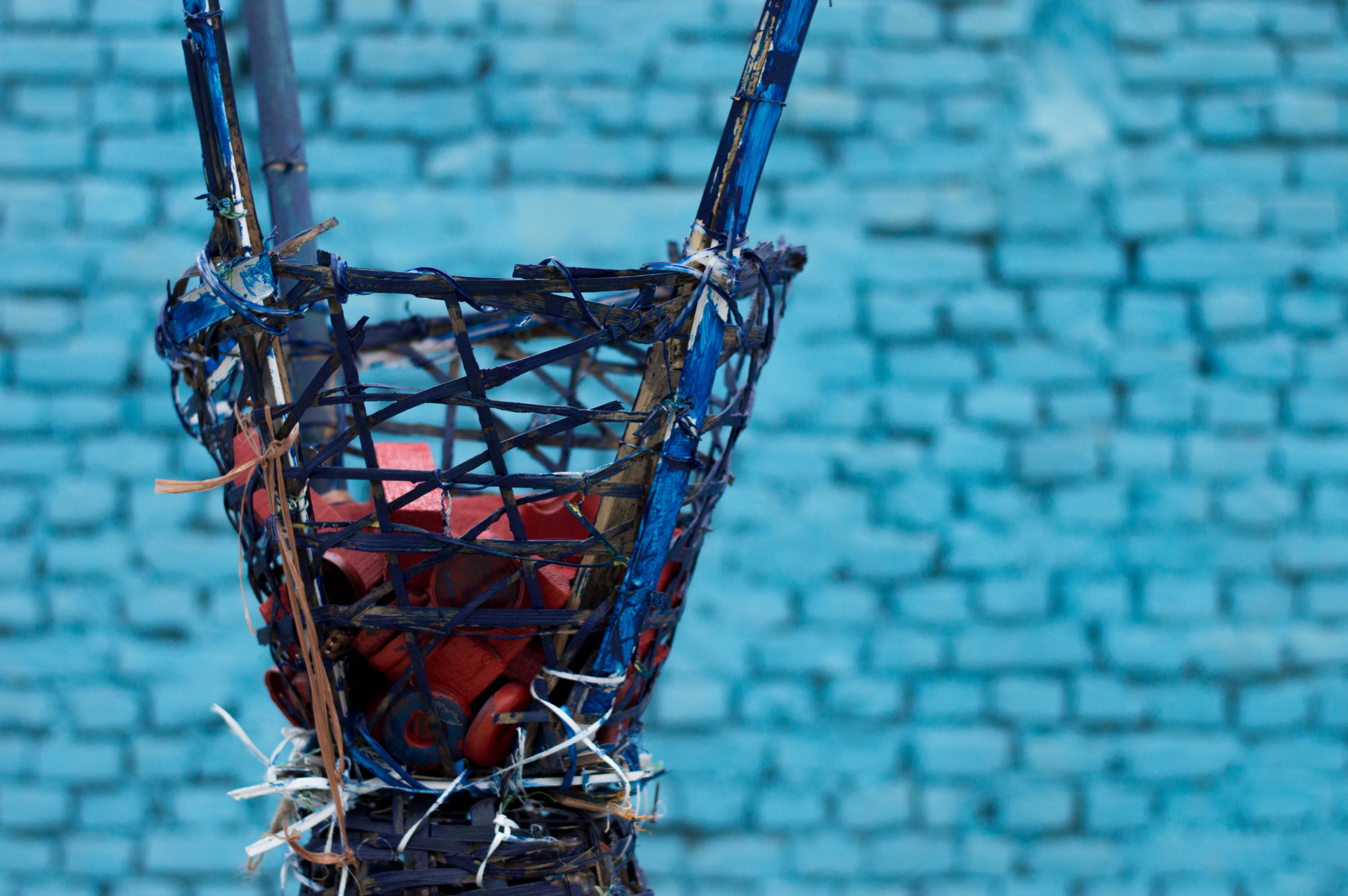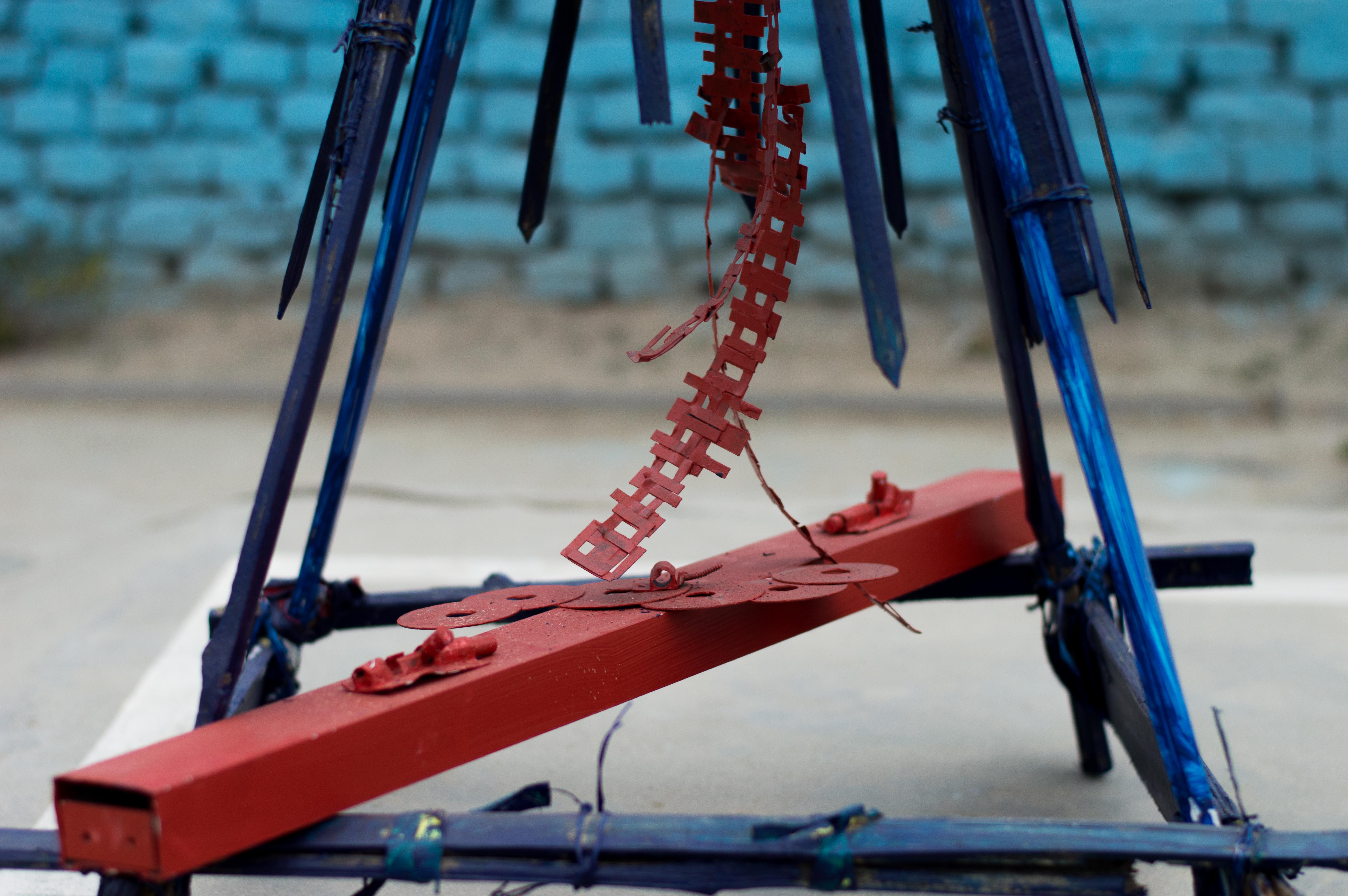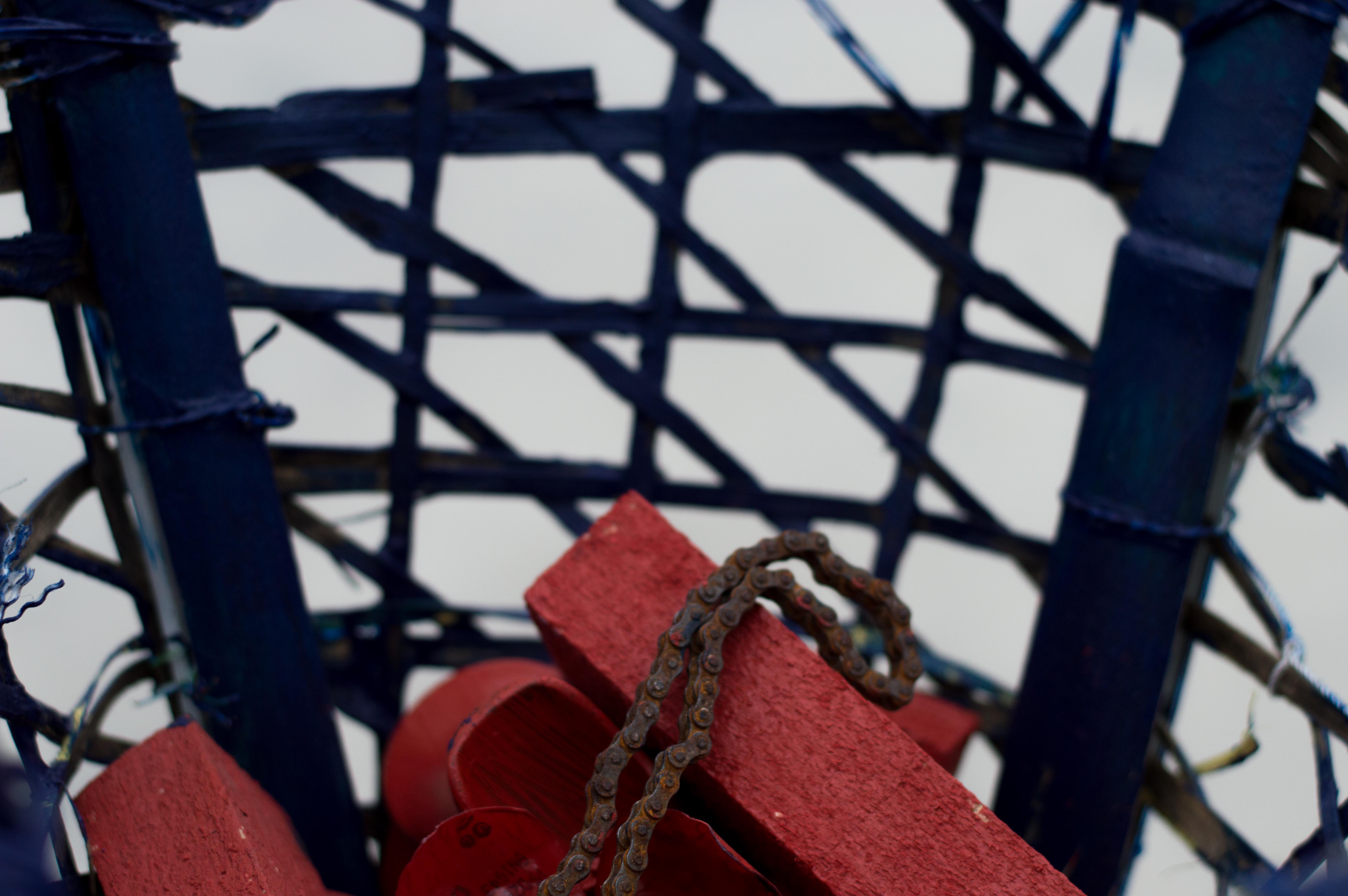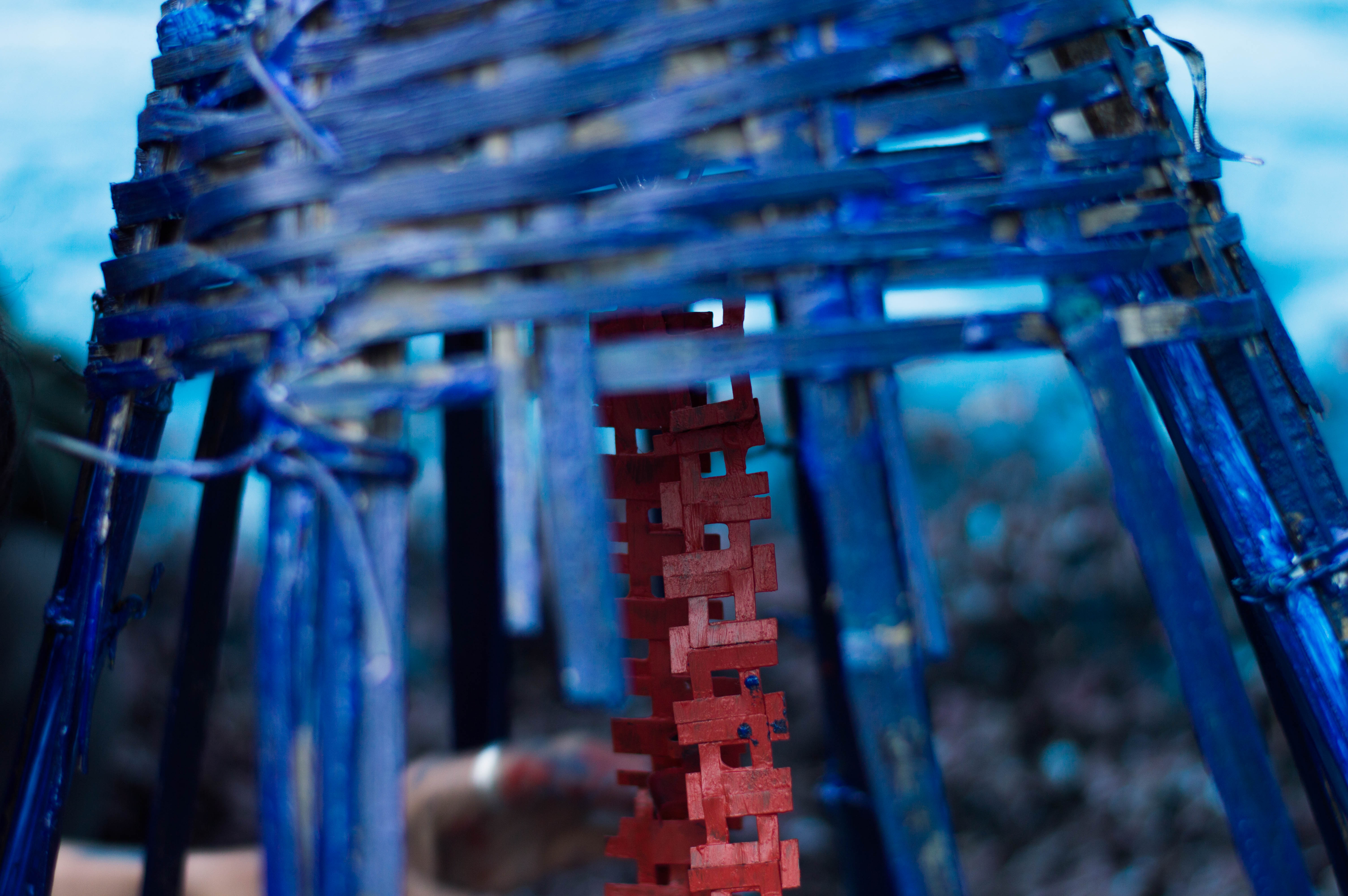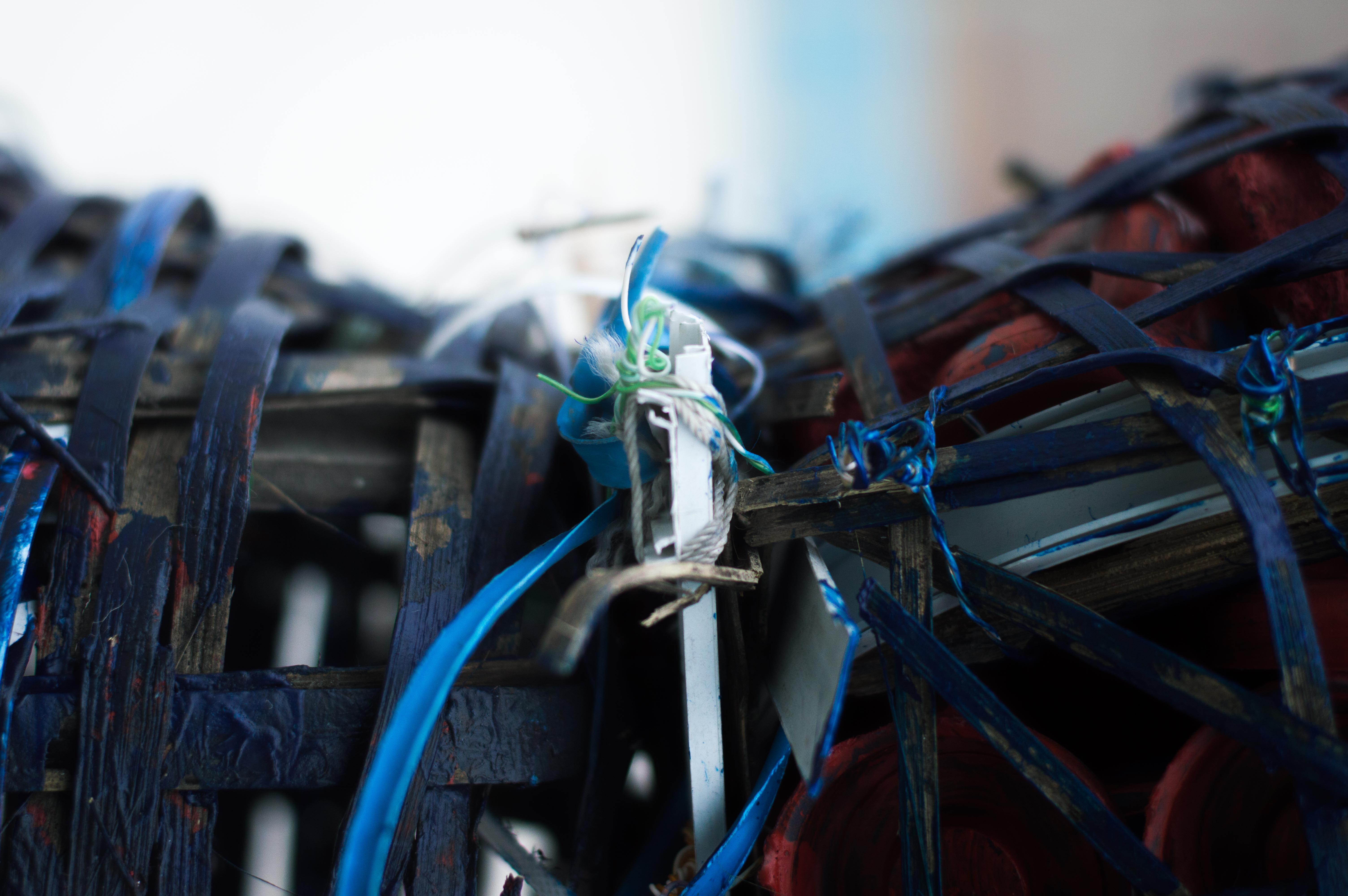
Even if I had no rigid ideas on how to proceed with ReSources Kathmandu upon arrival, the realization that there were endless possibilities was an instant feeling. Nepal´s capital is full of trash, surrounded by pollution and dust, it is found in every square meter. Trash is so subjectively called trash that is hard to discern what it is and what is not waste itself.
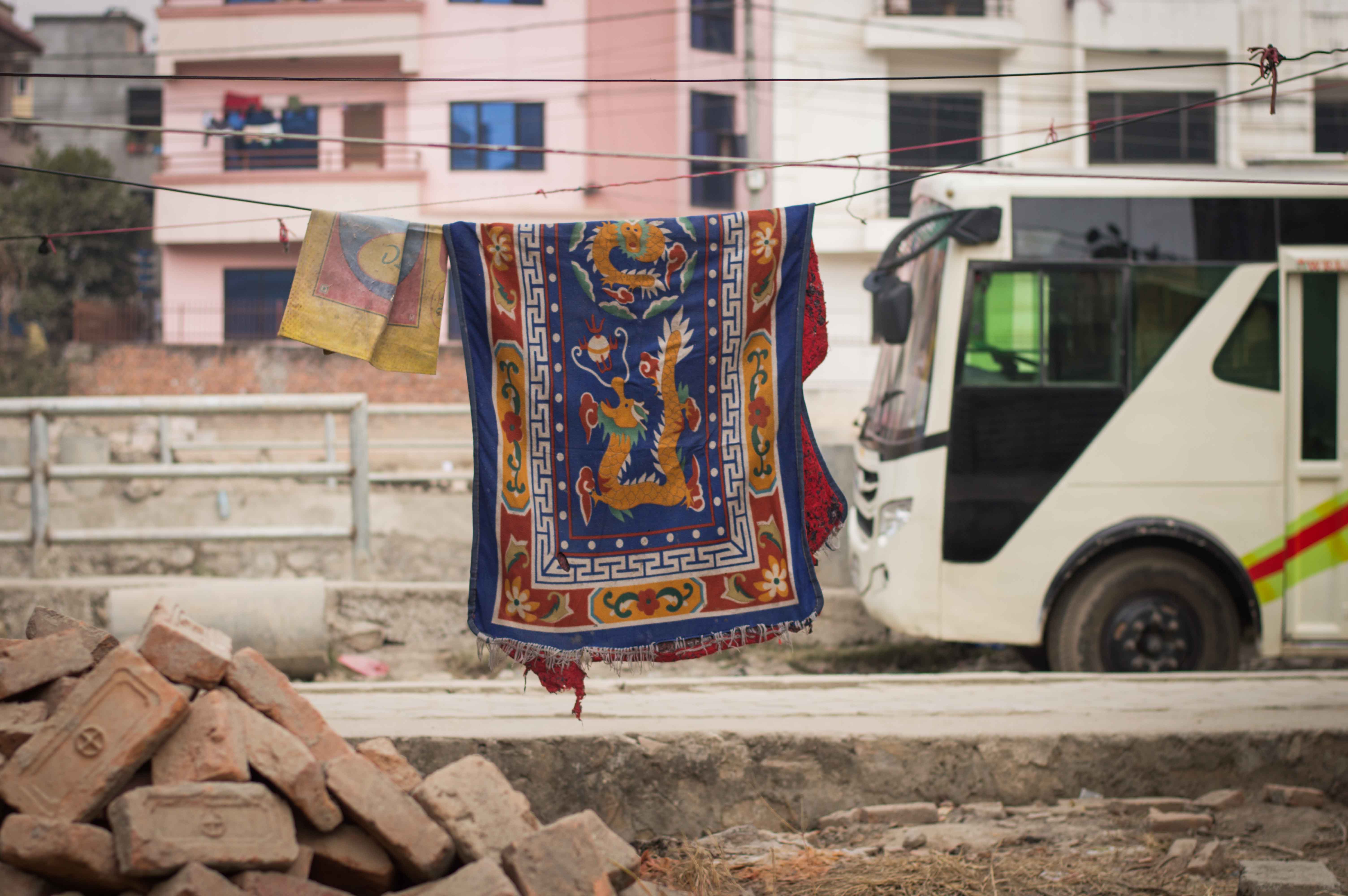
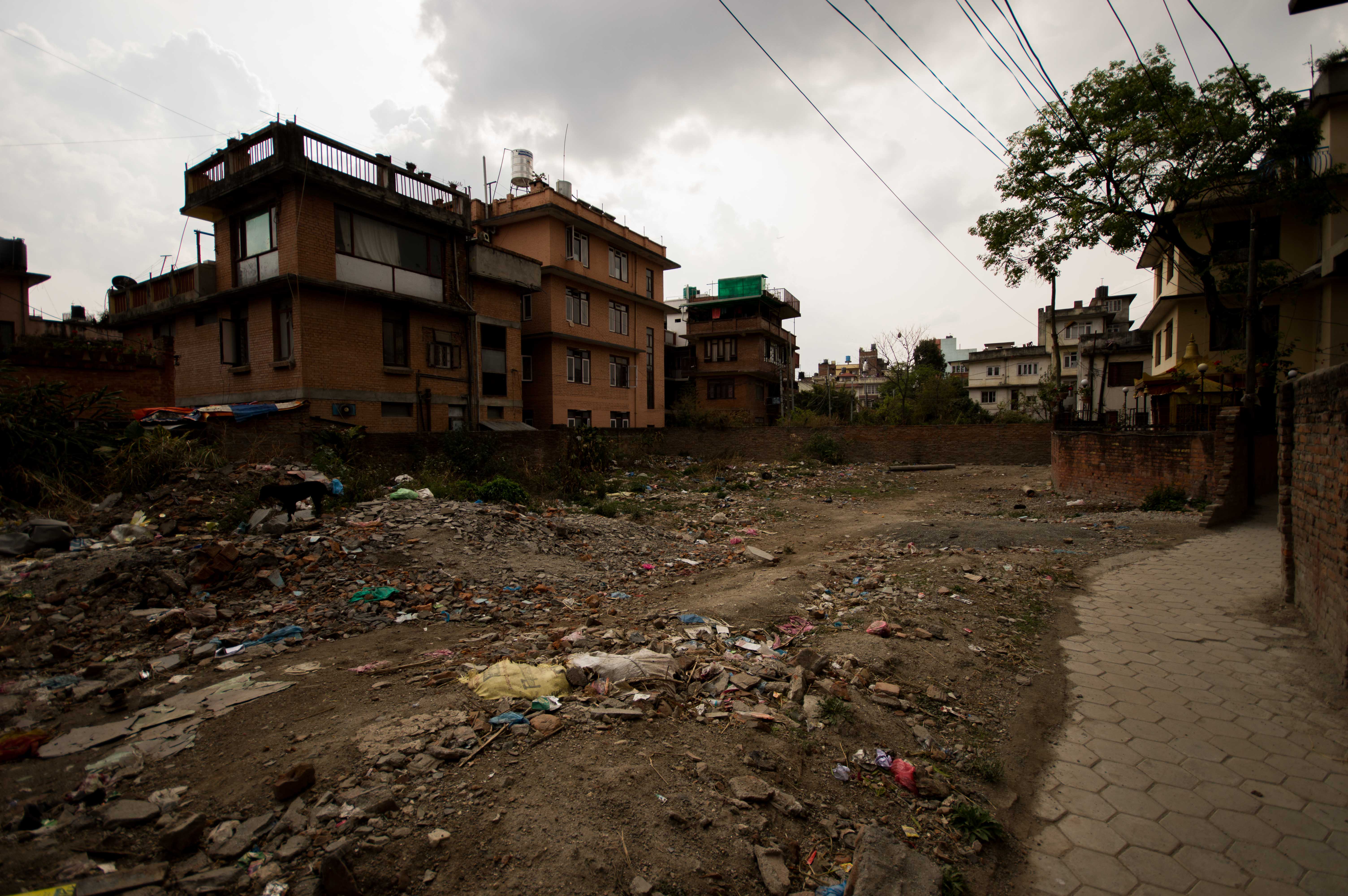
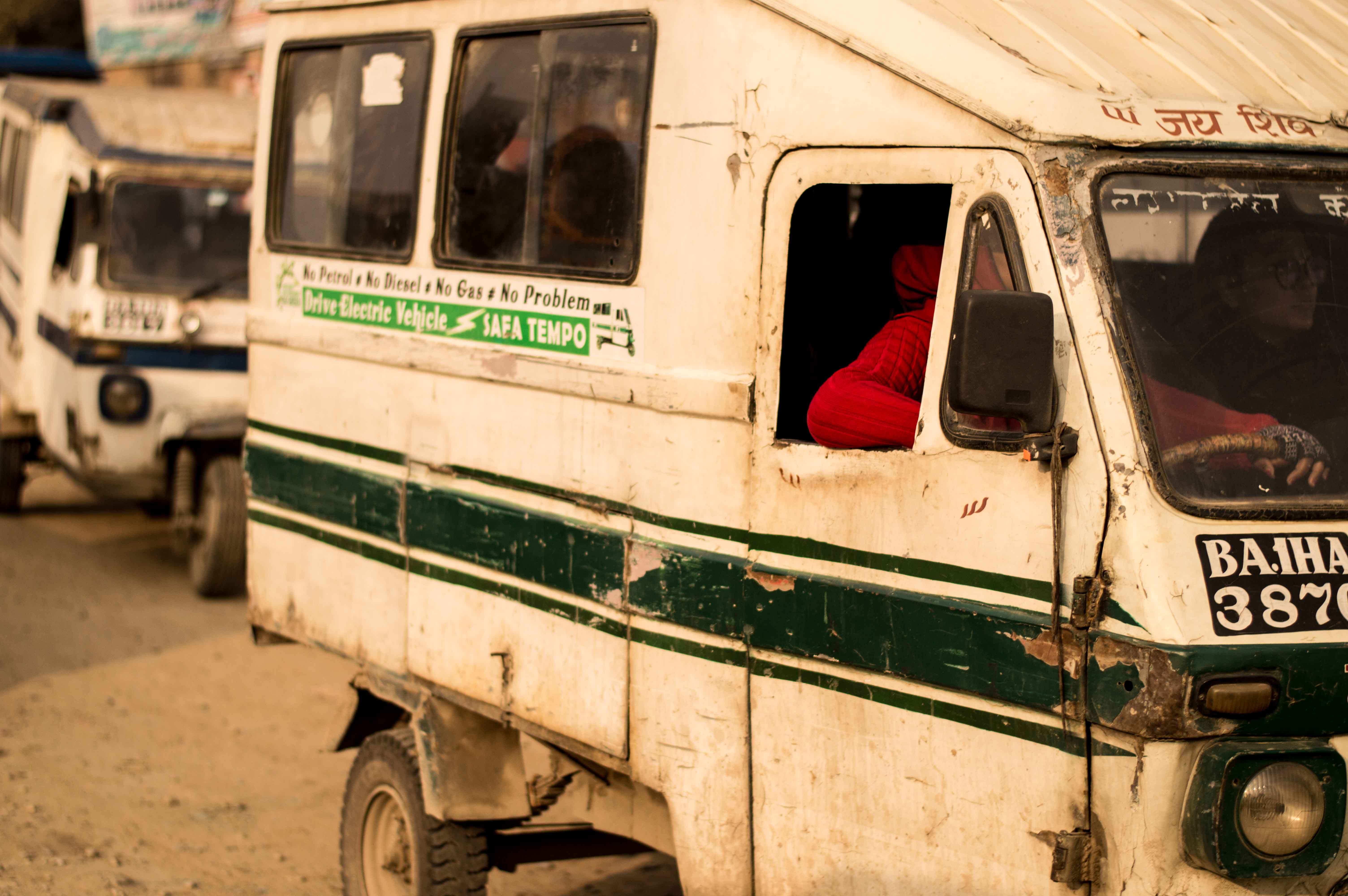
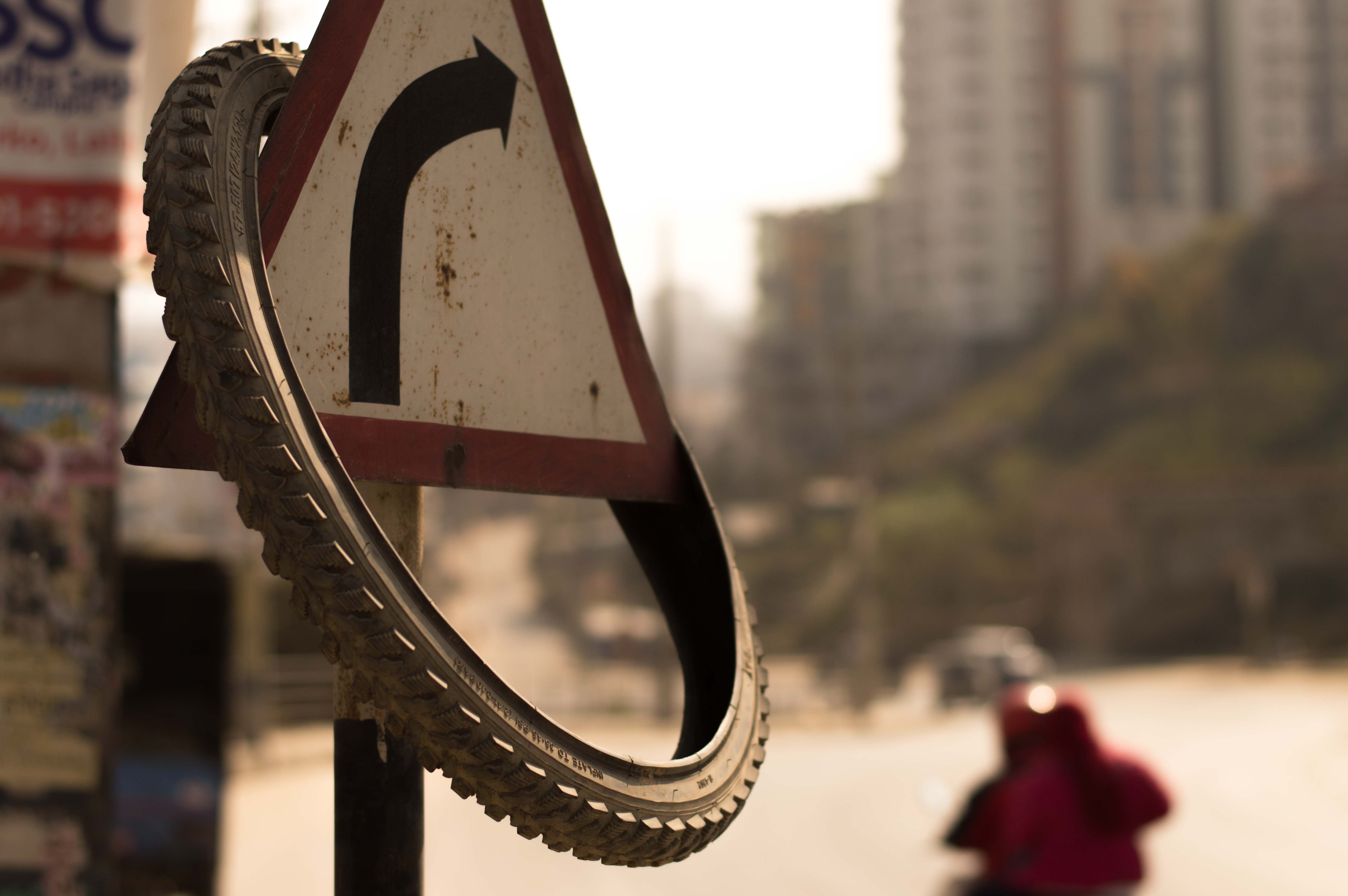
Nepal could be the richest country in so many ways but unfortunately also the poorest one. Working with waste materials was an special objective not just because of the importance at the global context, but also for the potential meaningful character for the local one.
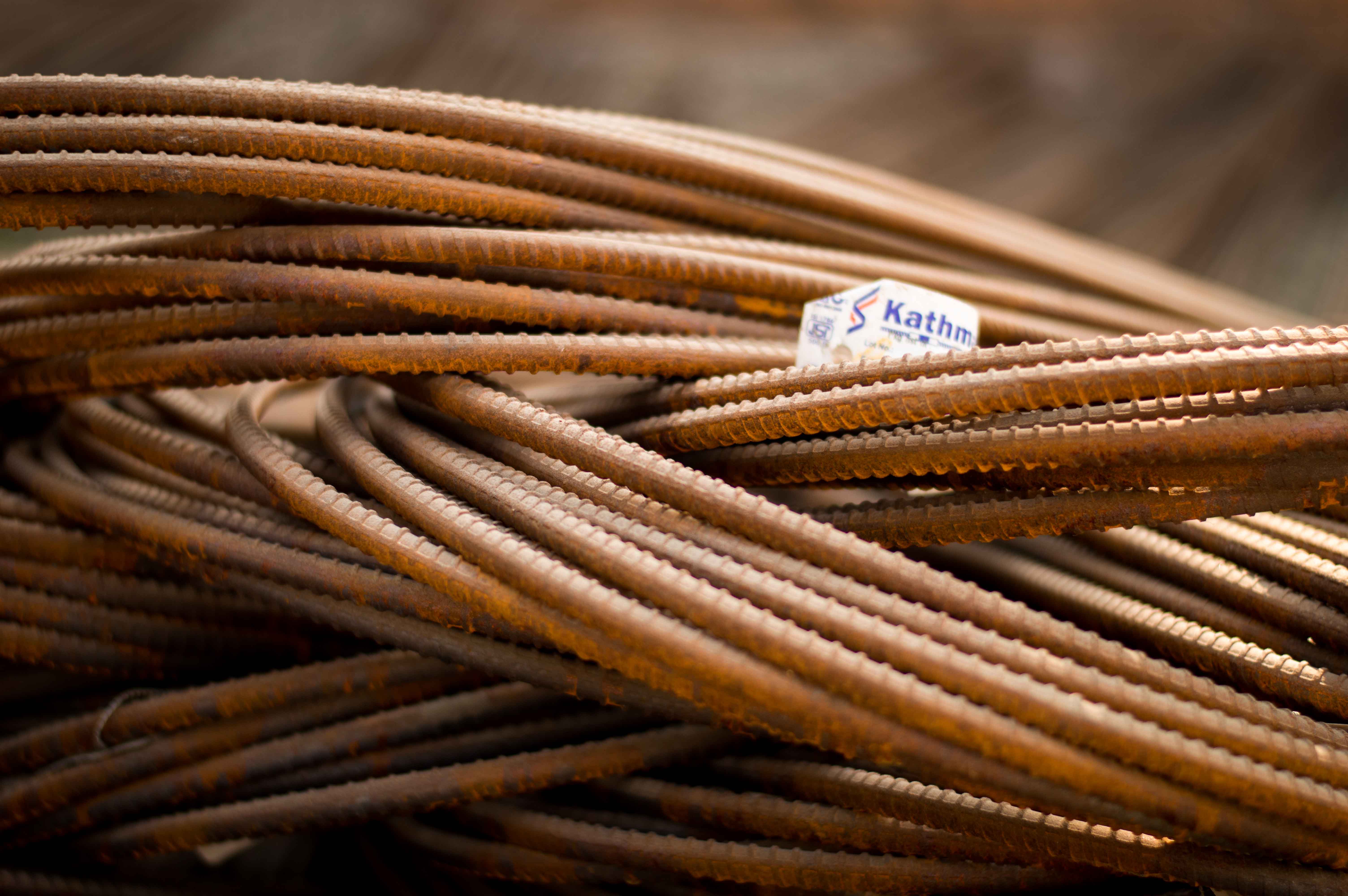

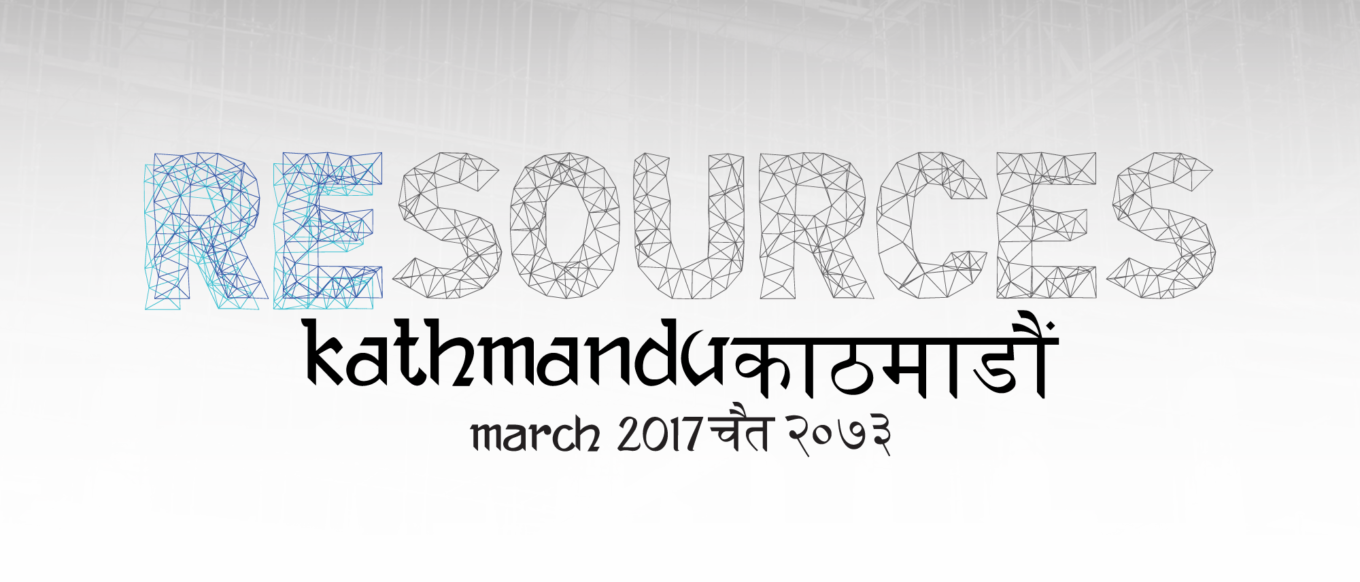
Initially named Better Together, the workshop I created took place as something more descriptive and grounded. Creative Sustainability 2073 explained more about what we did that Saturday, but it doesn´t tell everything at all. 2073 was the running year we were at that moment according to the Nepali calendar, so one of the poorest countries in Asia does actually live in the future? Anyways, the spirit of the first name was accurately present since we got together as one and from that point and so on we built. What happened then? Something new, original and practically very hard to achieve as individuals.
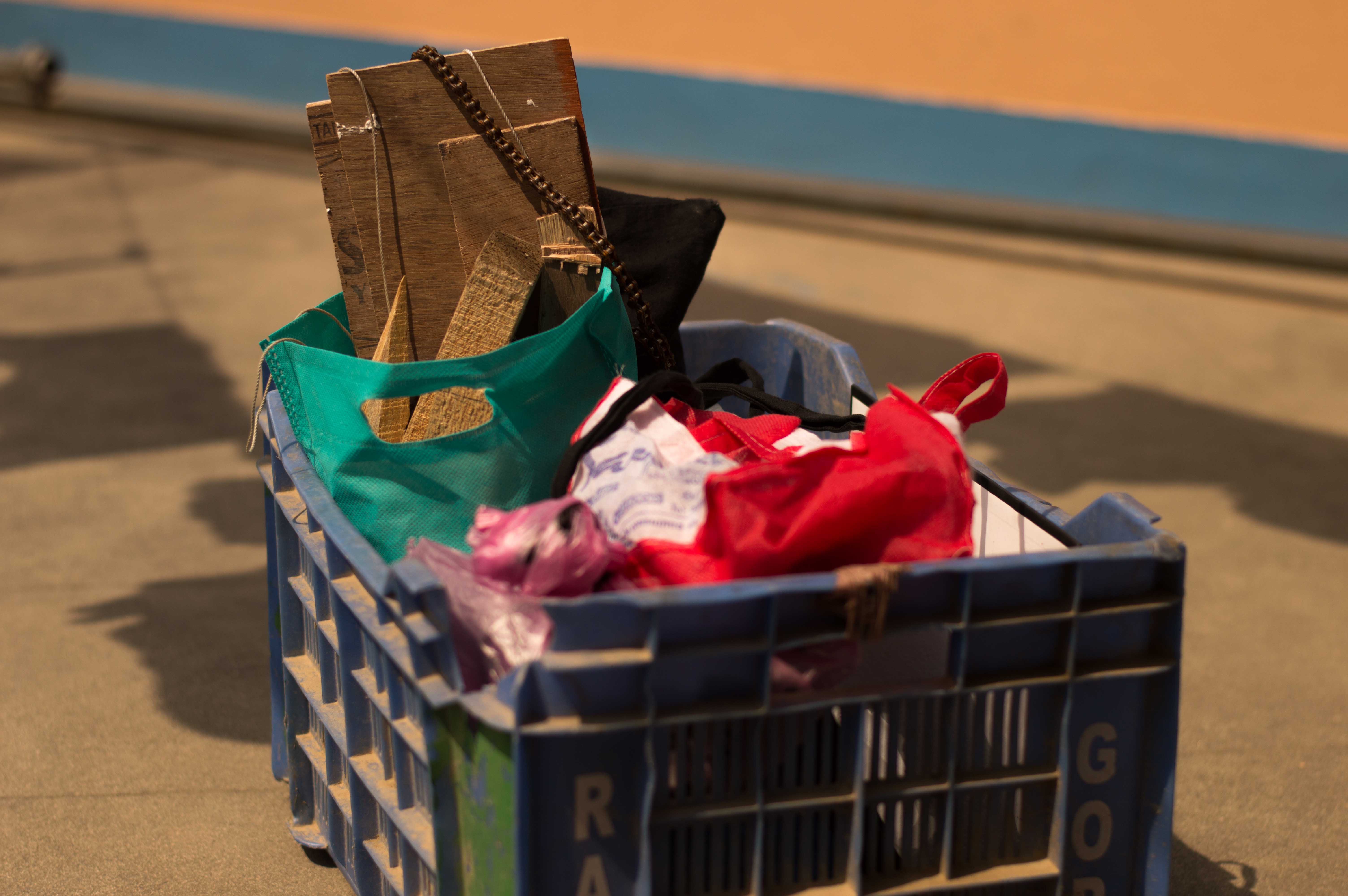
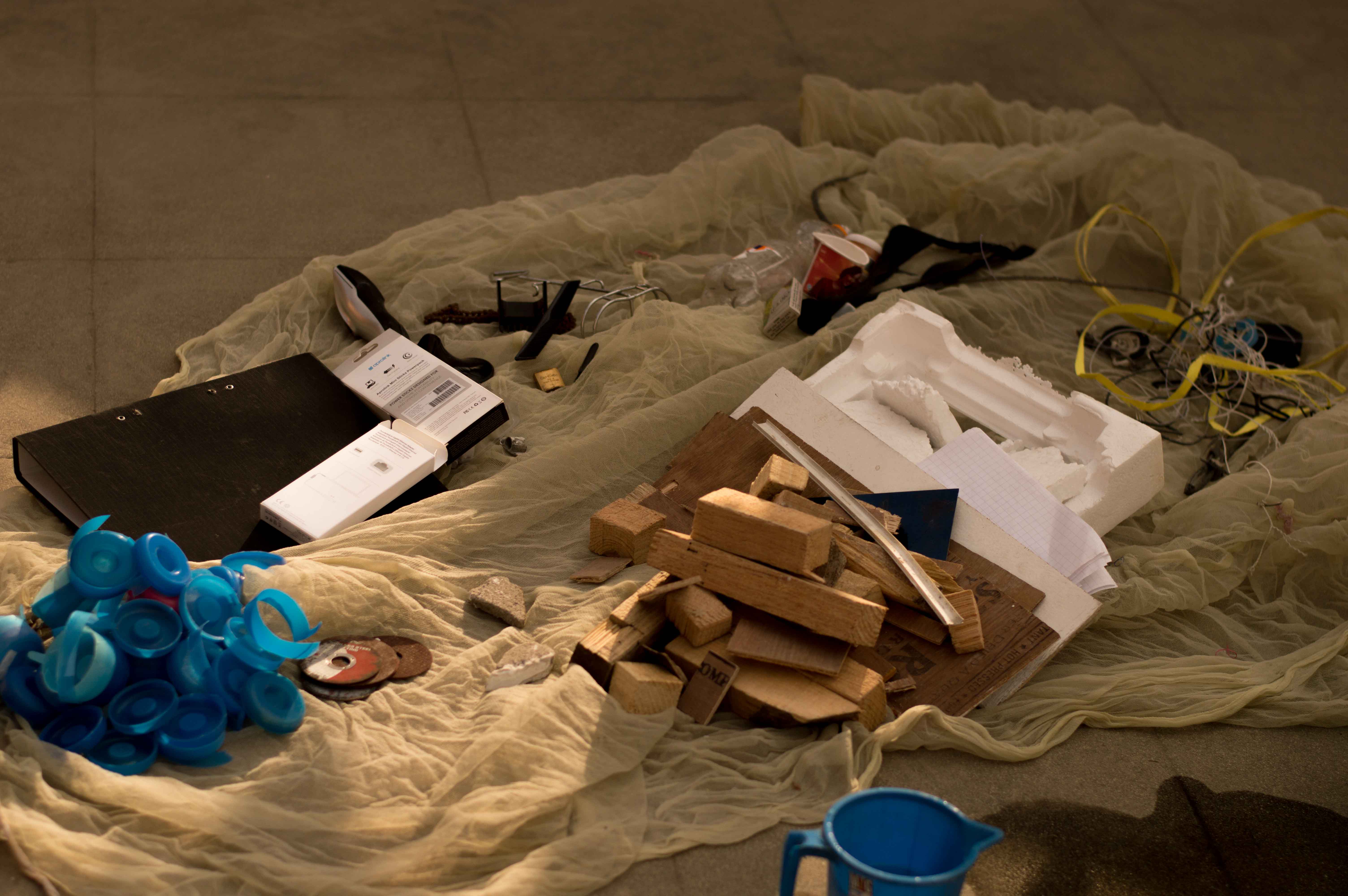
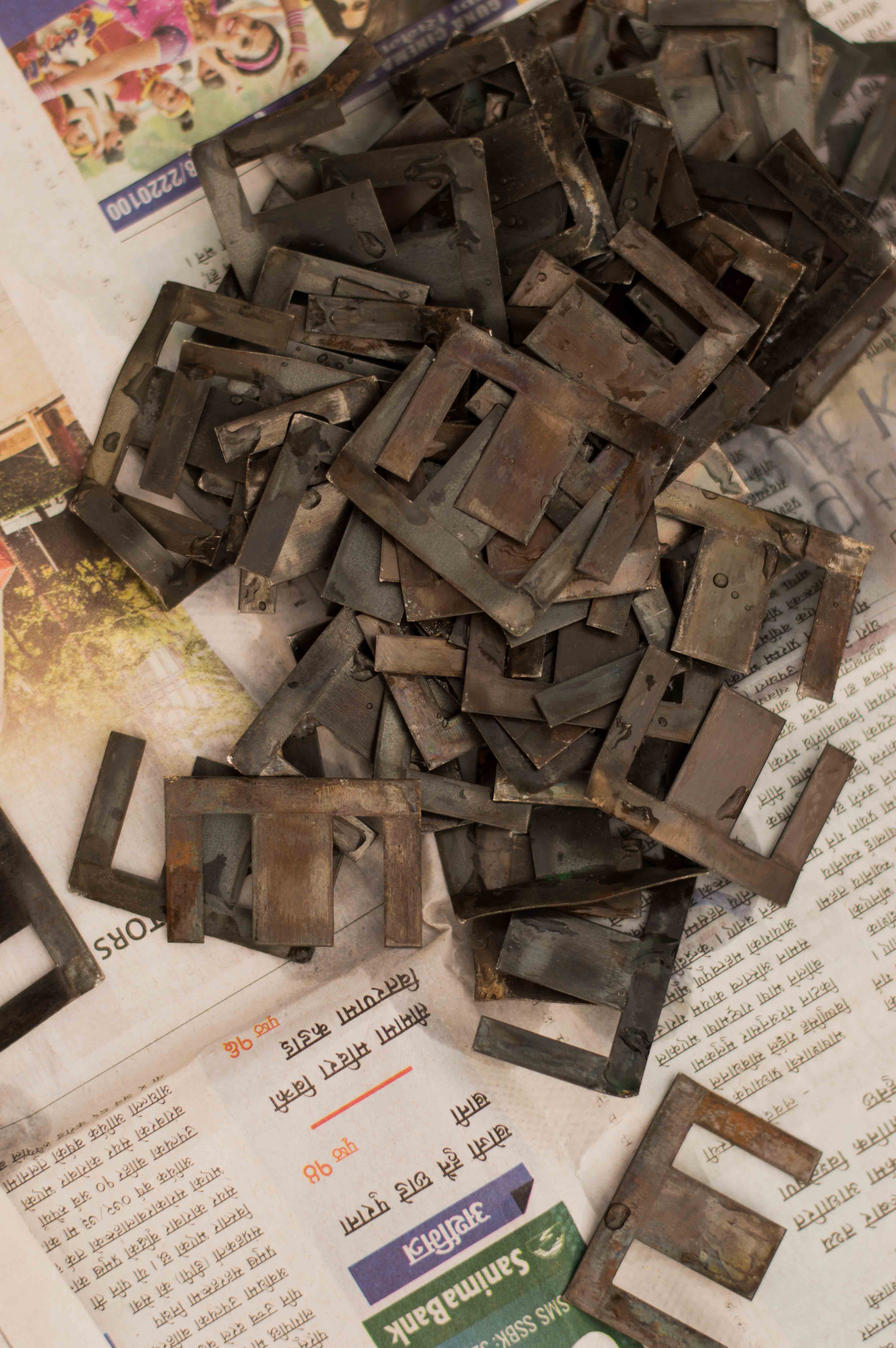
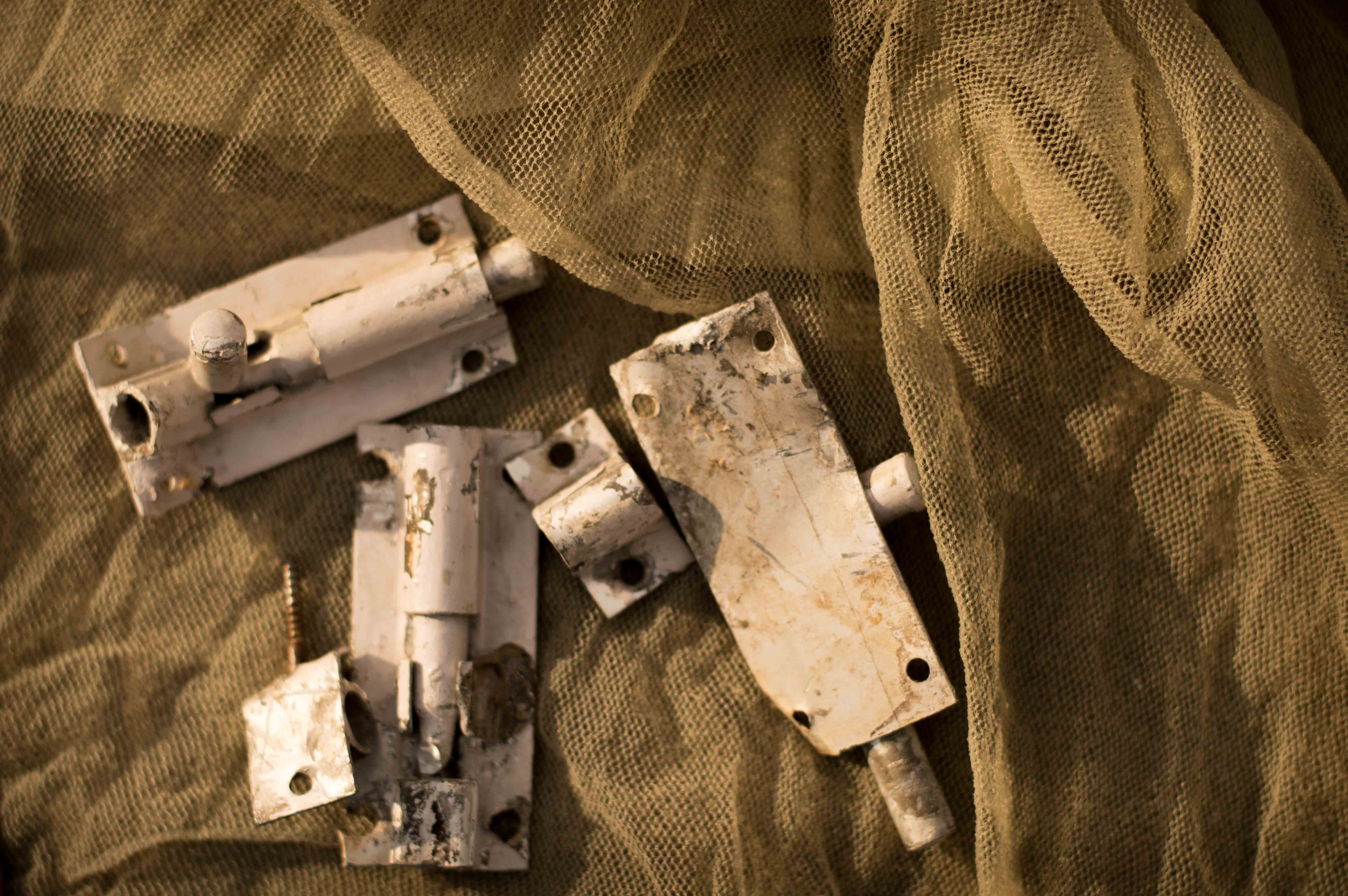
So the invitation was extended to a group of inquisitive students I had the luck to share a classroom with while being a teacher in different schools in Kathmandu. Since the conversation was mostly around applications -and misapplications- of creativity as a prism, the base was clearly settled down.
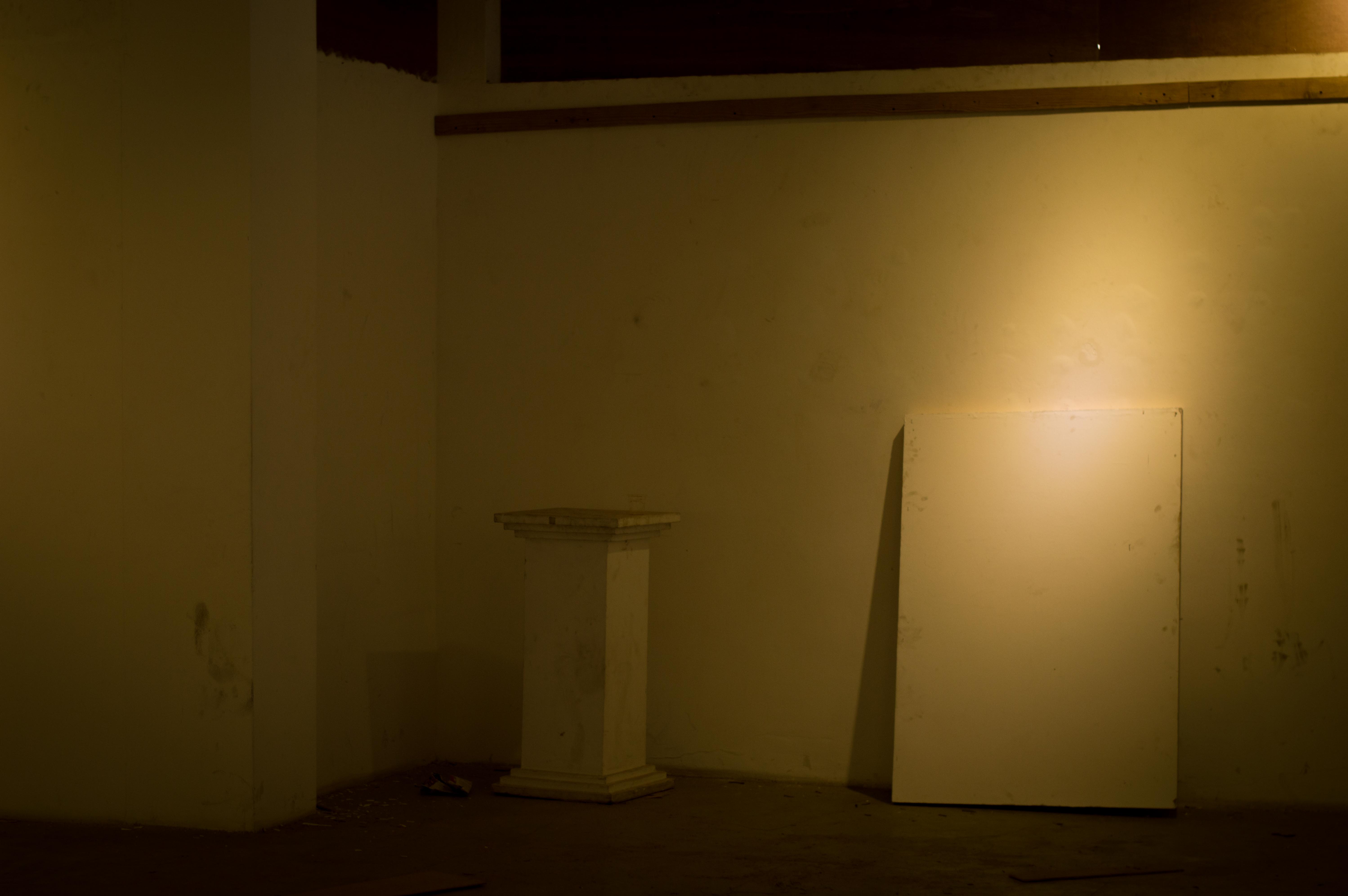
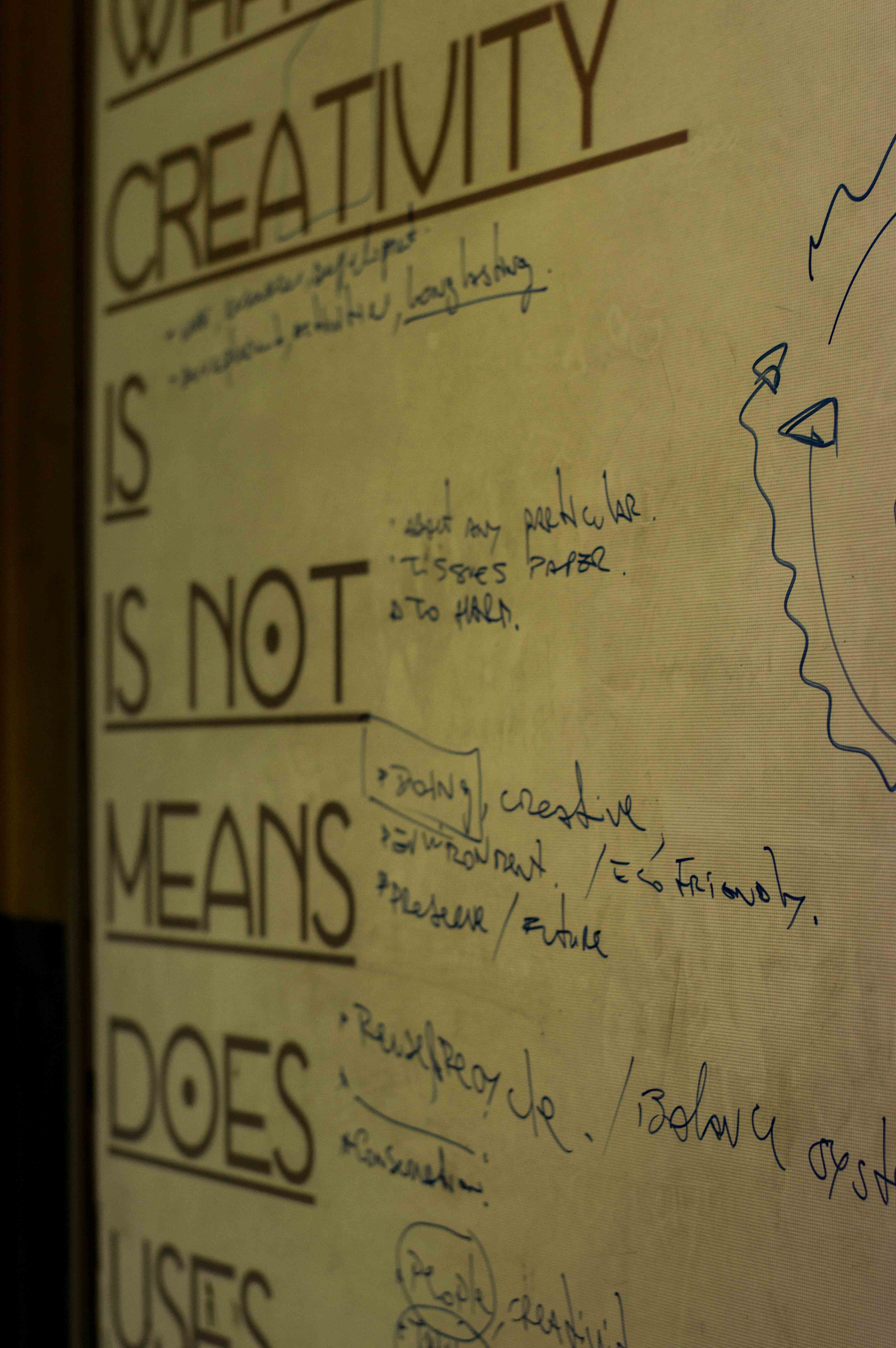
About wondering, we shared our thoughts for several hours within two obvious questions.
What is [is not, means, does, uses, judges] creativity?
What is [is not, means, does, uses, judges] sustainability?
Right after we left the intellectual state a little bit aside, we intended to put hands on and actually create something out of local trash.
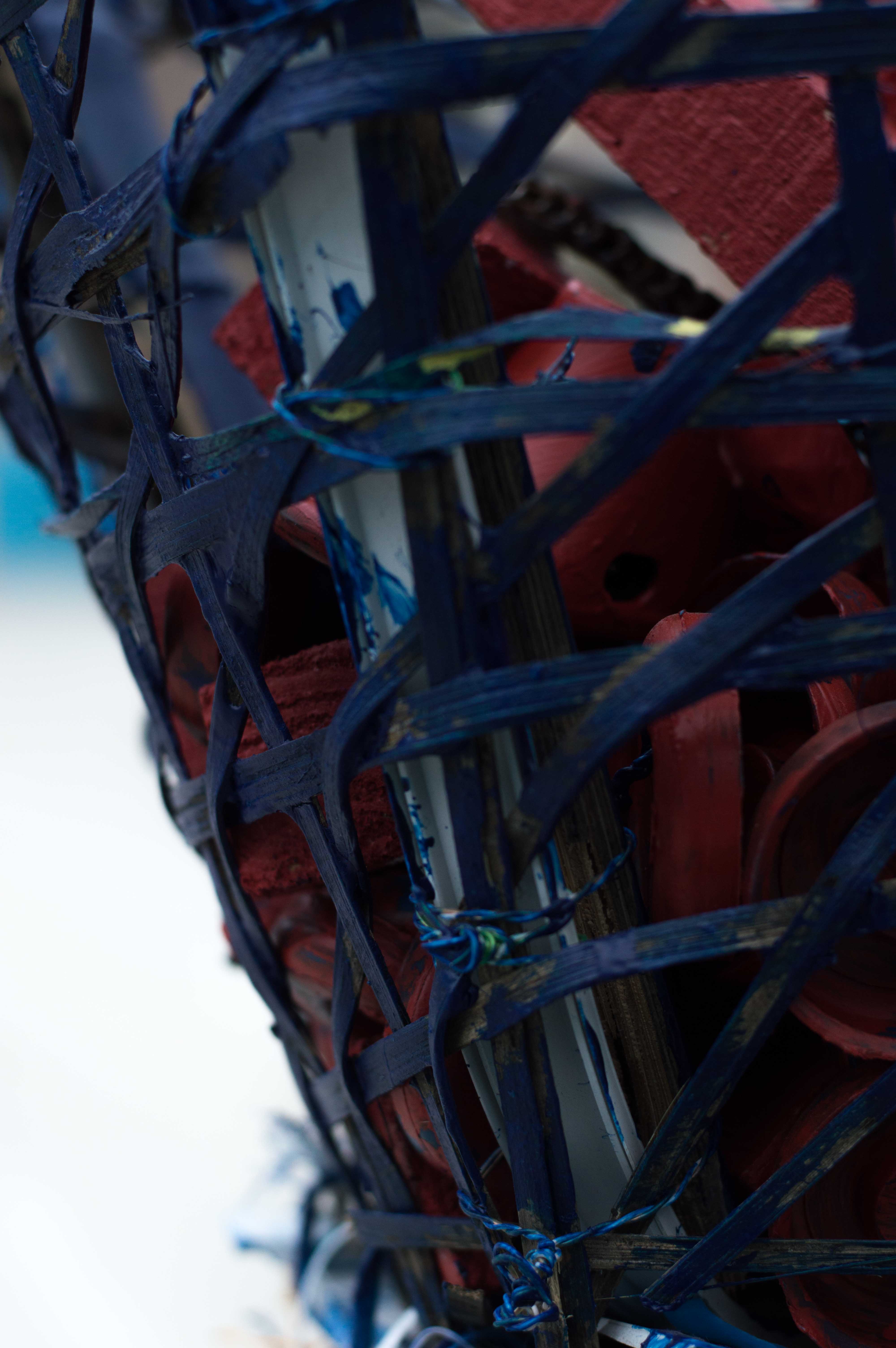

As a highlight to point on. Collaboration was something that day went far beyond personal and group expectations. I forecasted that we would be successful at the end of the day, but I never expected so much will and compromise to get ReSources The Project done in such a way. Eternally thankful to these amazing students, creatives and individuals from Lalit Kala Campus Of Fine Arts, Tribhuvan University; Sirjana College of Fine Arts; Olympia World College and Olympia World School.
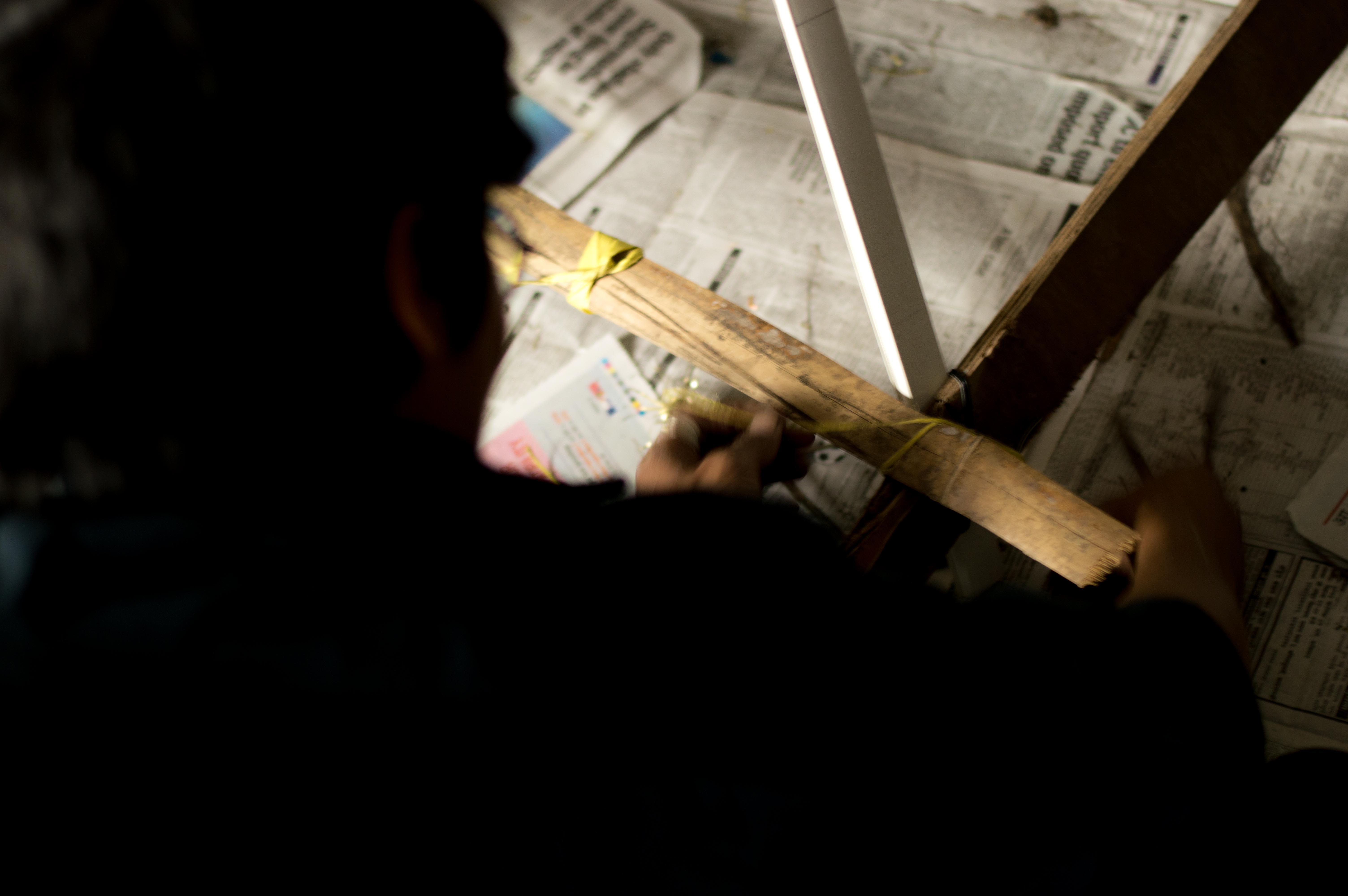
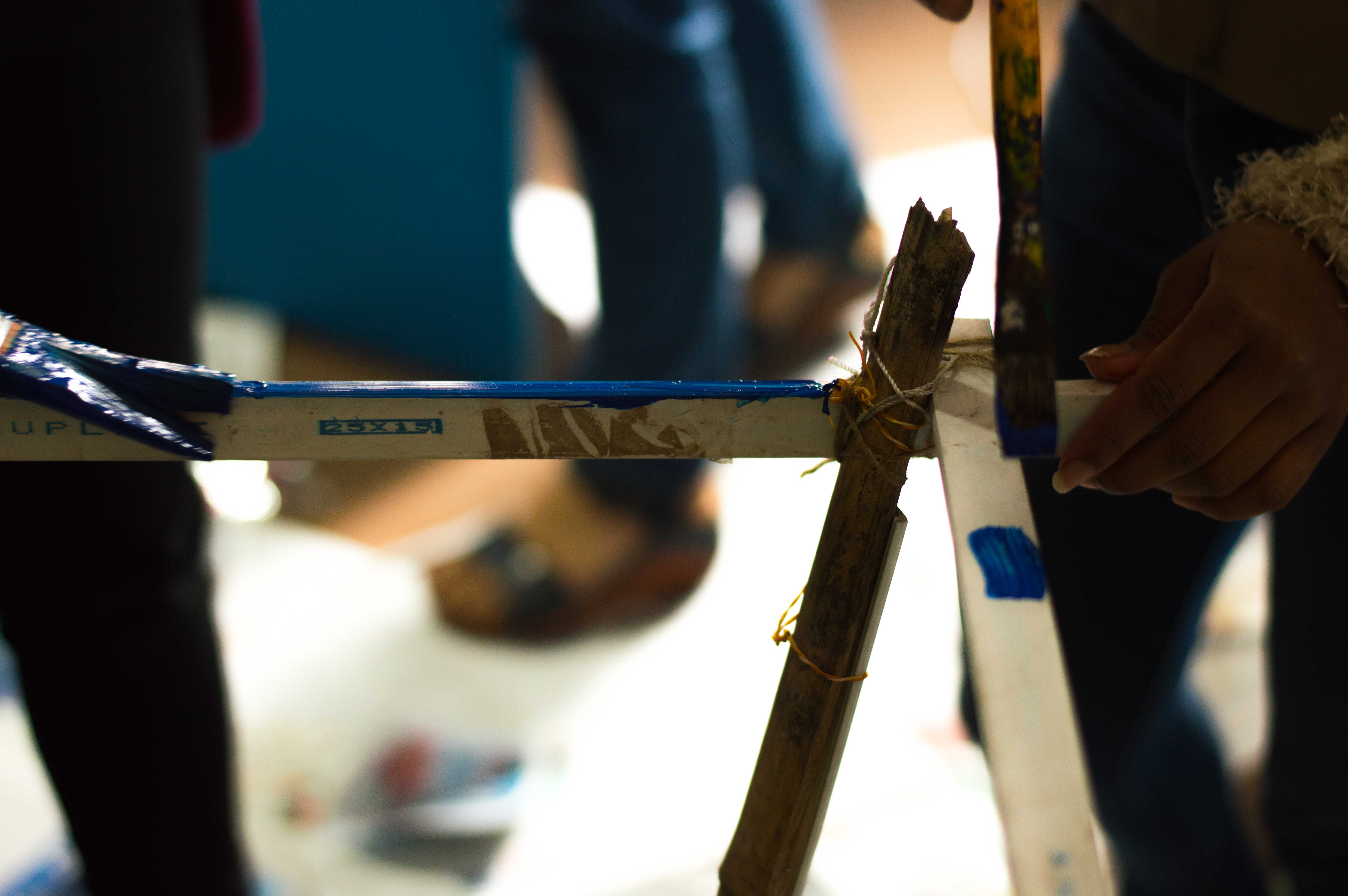
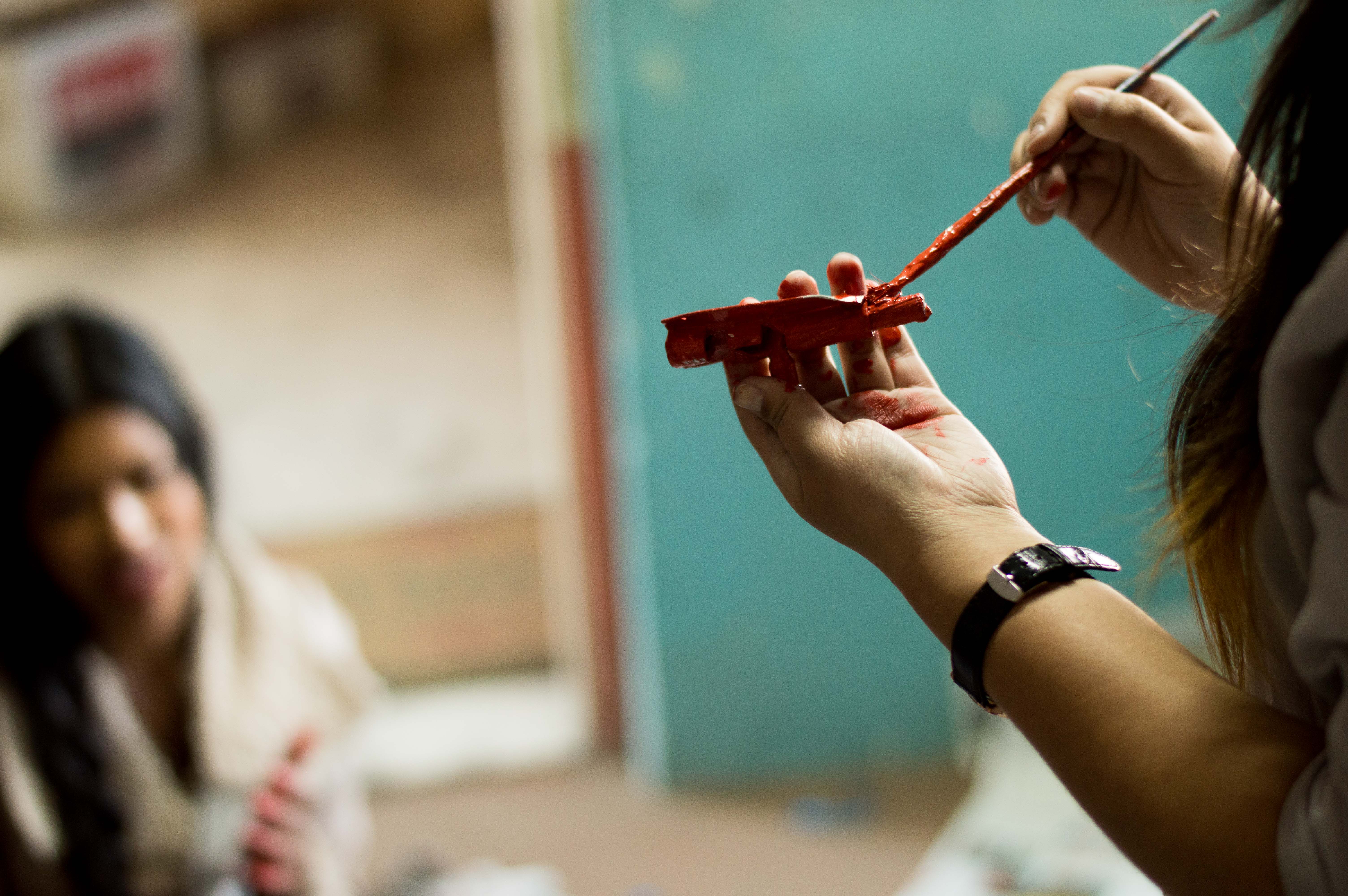
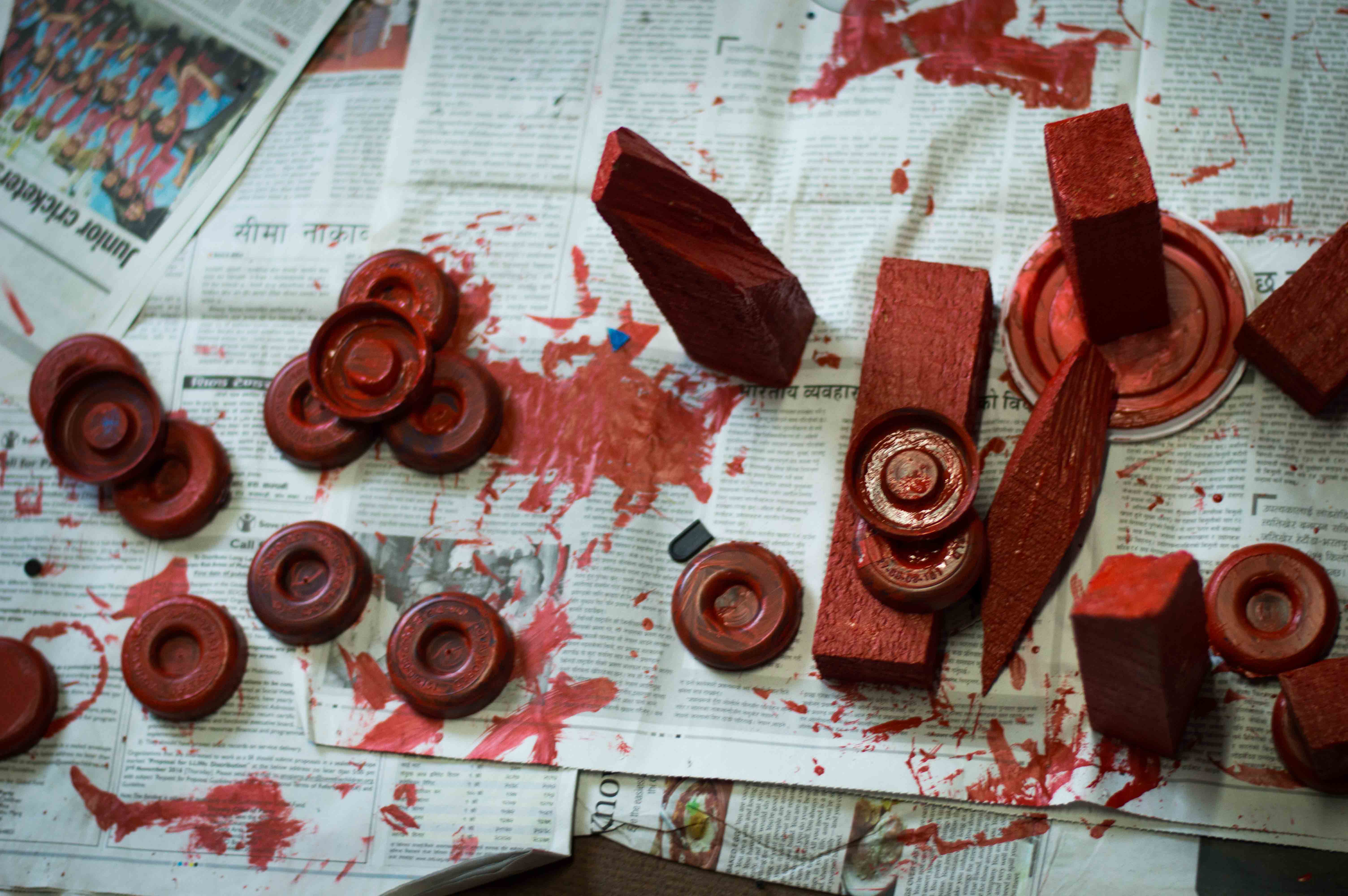
The challenge was pretty simple, build a sand clock out of nothing but trash. Elements I collected during two months in Kathmandu, but not only provided from my own waste. Teachers and students gave diverse objects. I too hand picked on the streets and also out of an uninstallation at the Nepal Art Council. Because, what´s waste once again?
Right after introducing the available trash I brought, they realized it was not enough volume if we wanted to build the commissioned sculpture. So we just went out of the classroom looking for anonymous street trash. We were successful in so many levels. We found three Dokos, country´s symbol and geometric bases for our desired form.
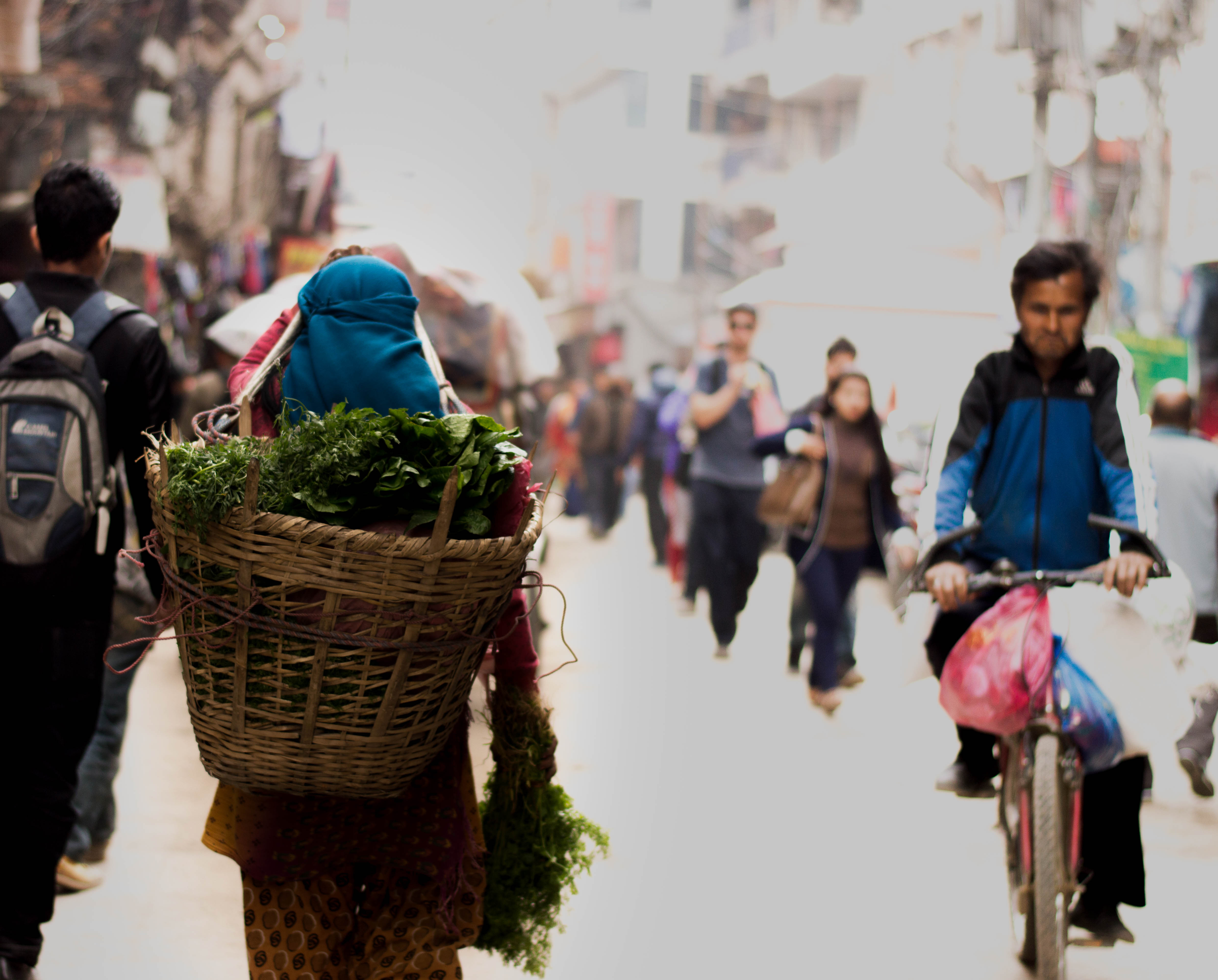
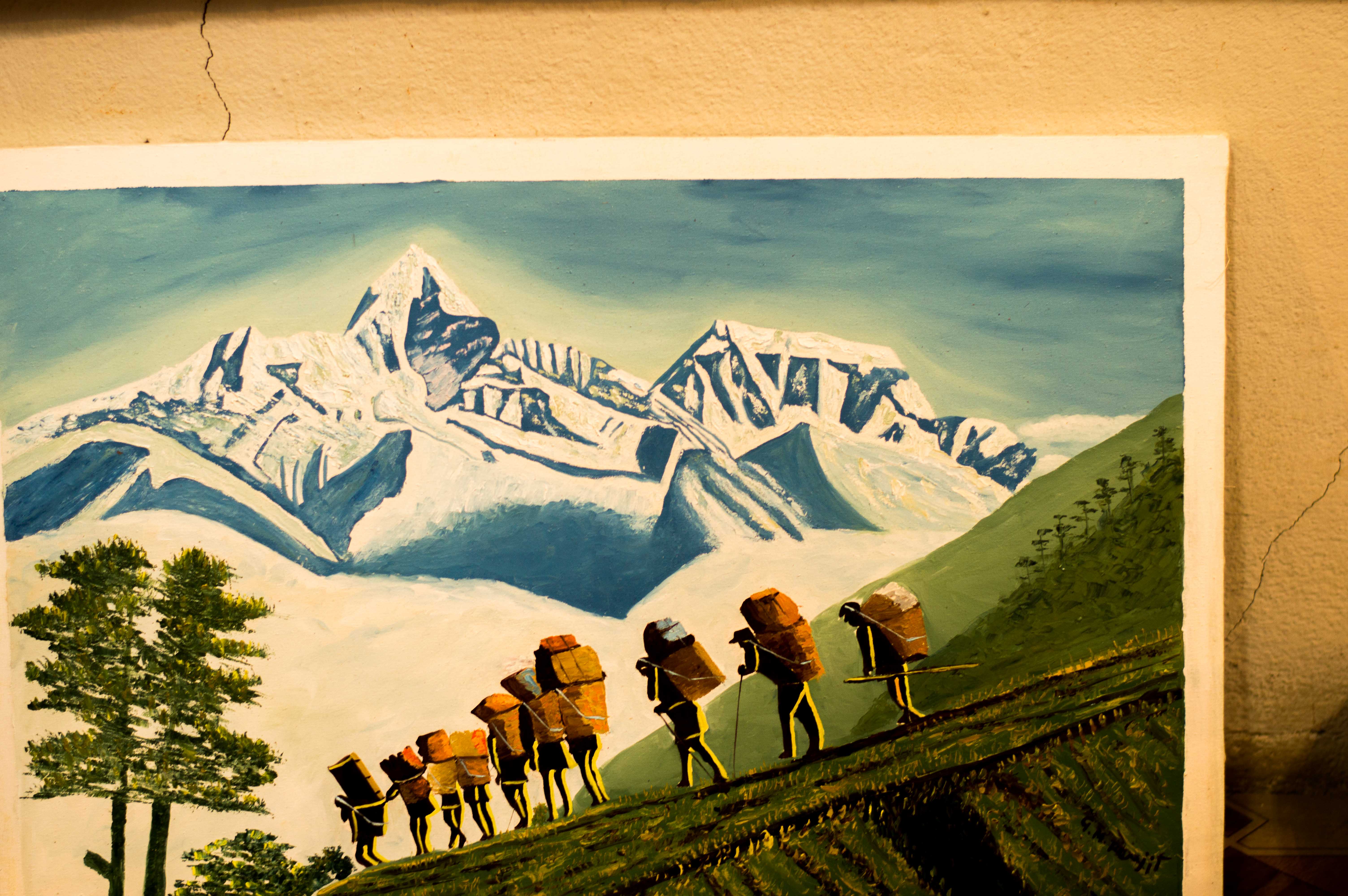
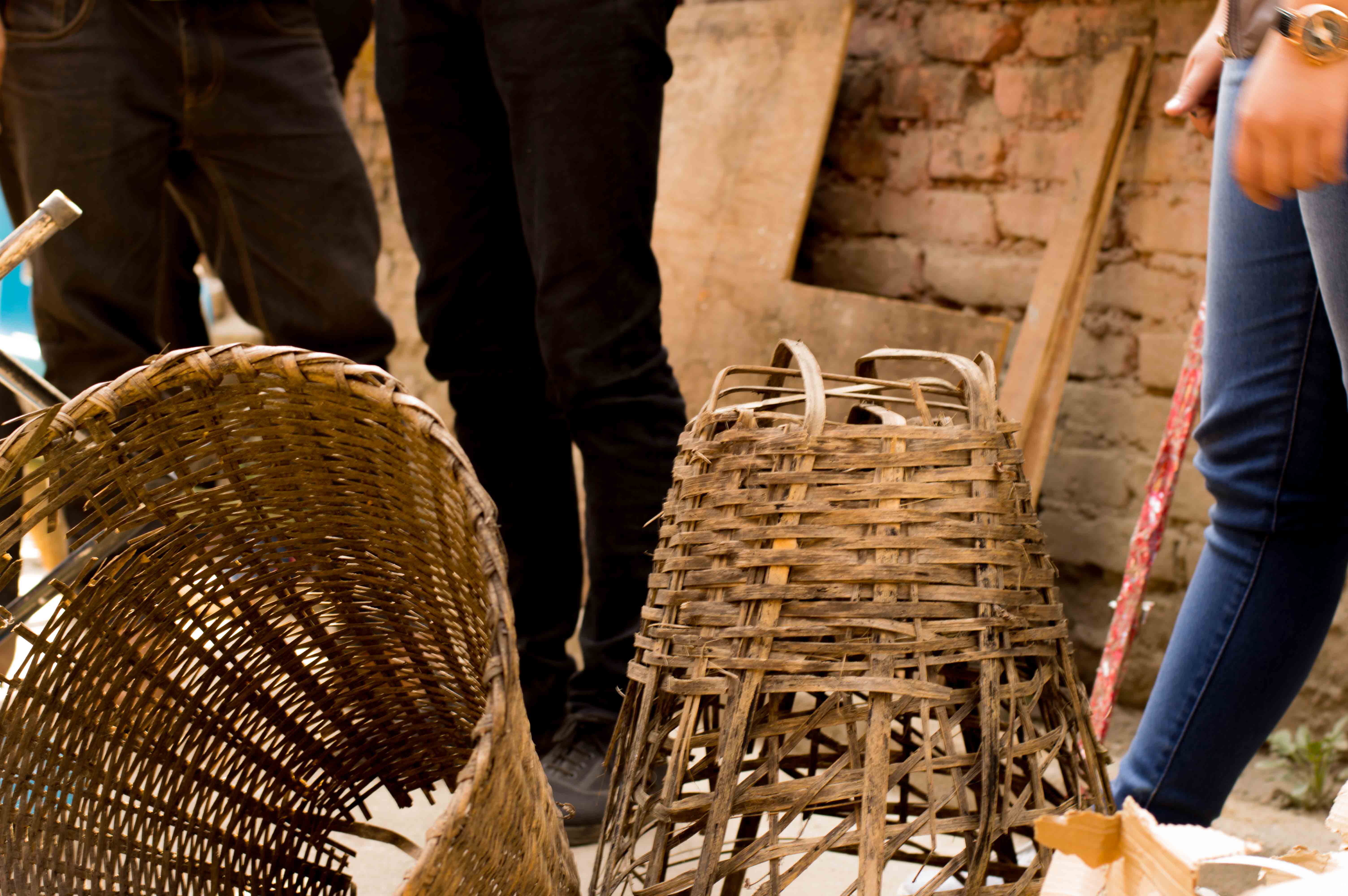

The Doko is one of the most symbolic objects in certain Asian zones. They use it regularly, every day, many times and for different purposes in places like India and Bhutan, besides Nepal. This element was born for transportation. Although mostly used in hilly areas, it’s also possible to see them in action while going through Kathmandu.
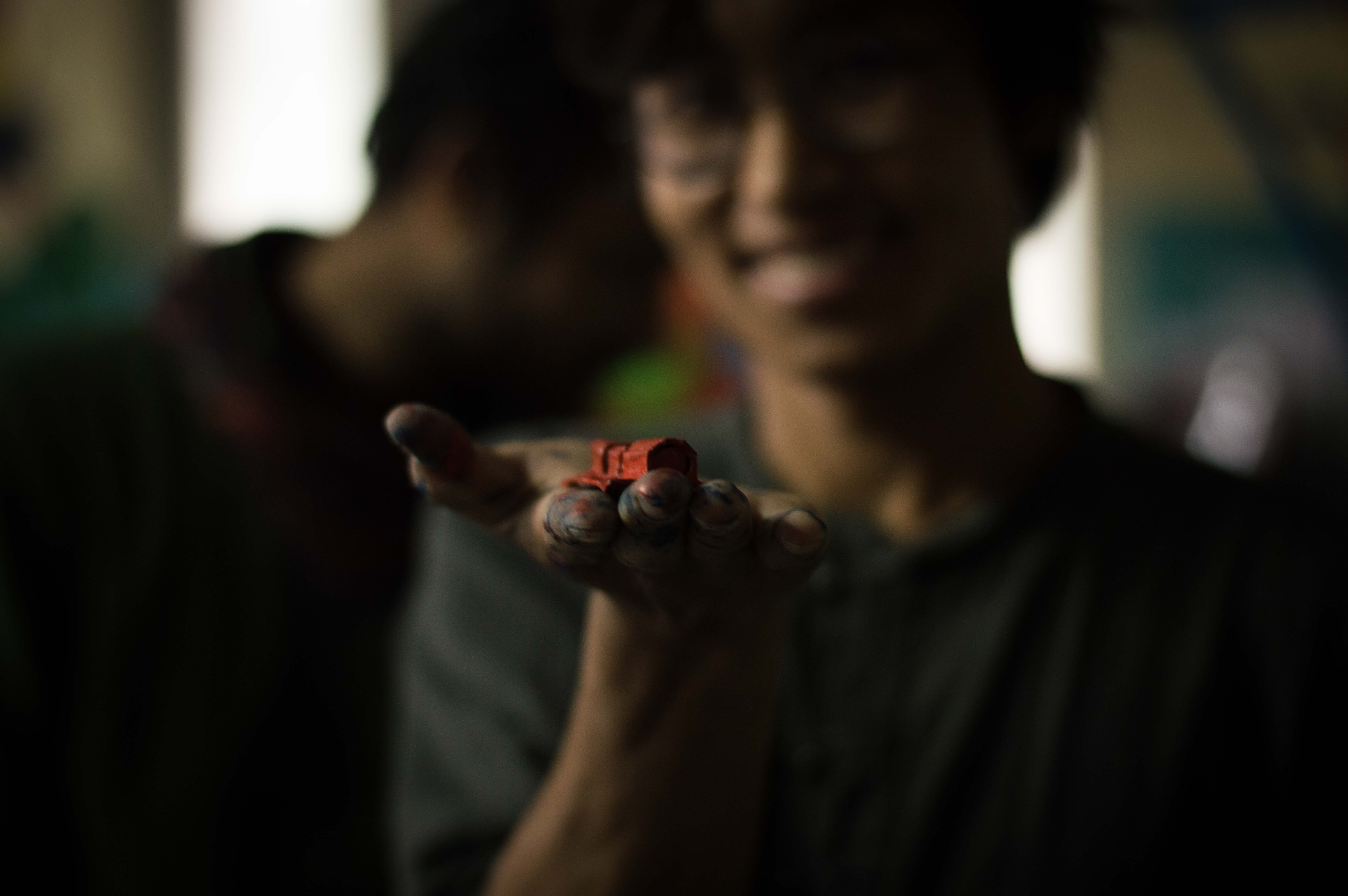
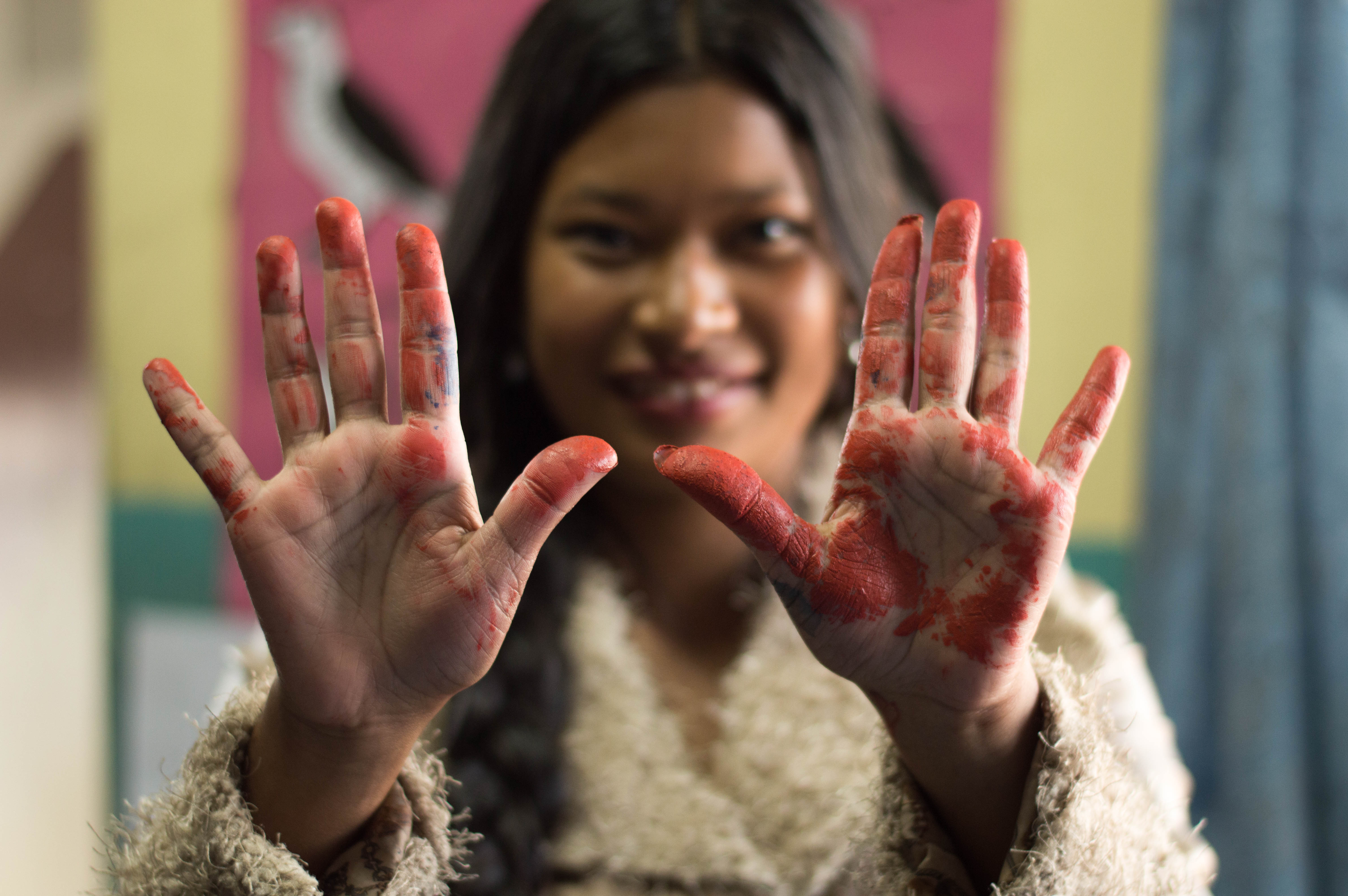
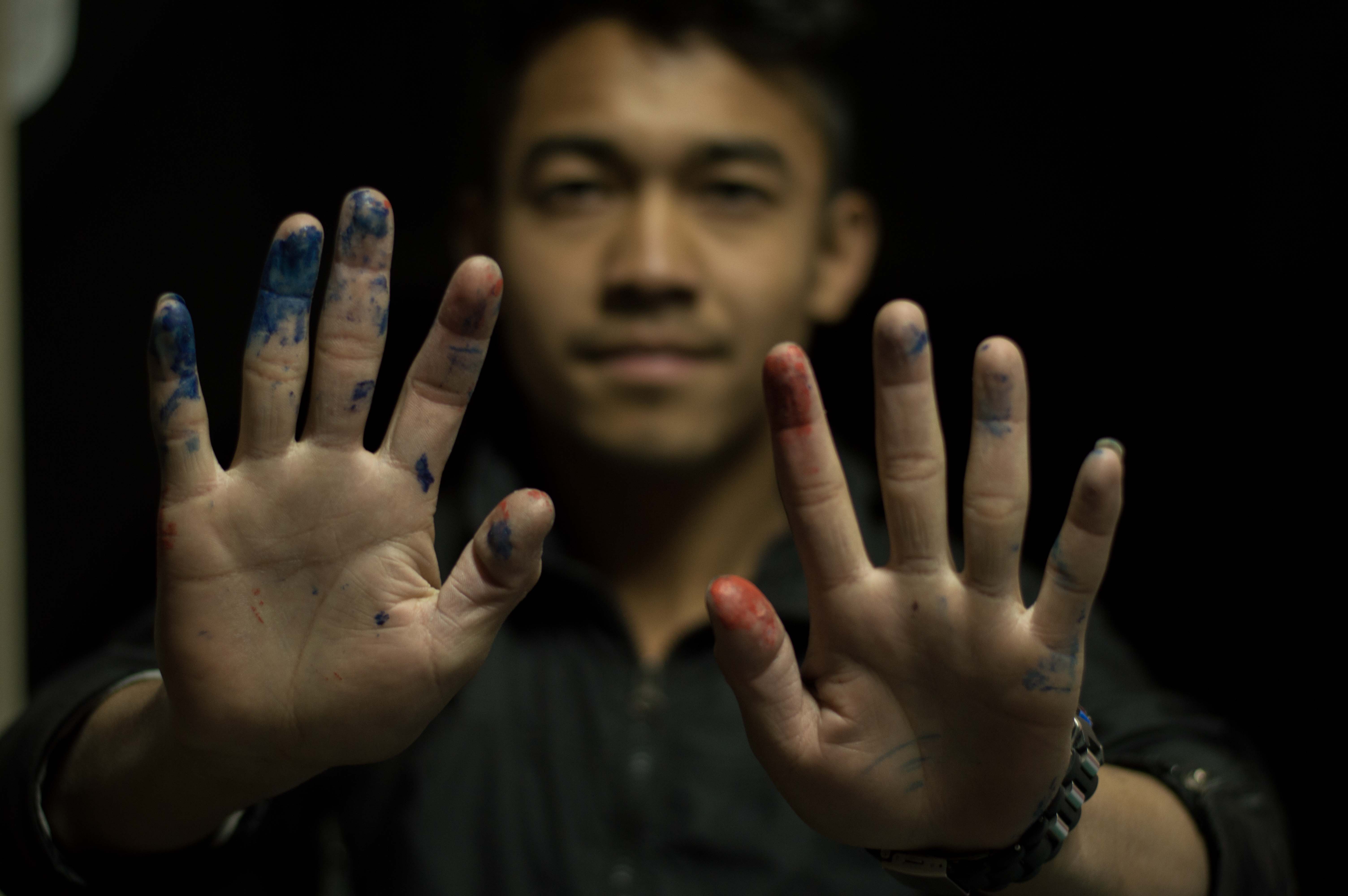
The only part that was crafted before the workshop got started was the sand in motion. Everything else, absolutely every single part of the sand clock was constructed right there.

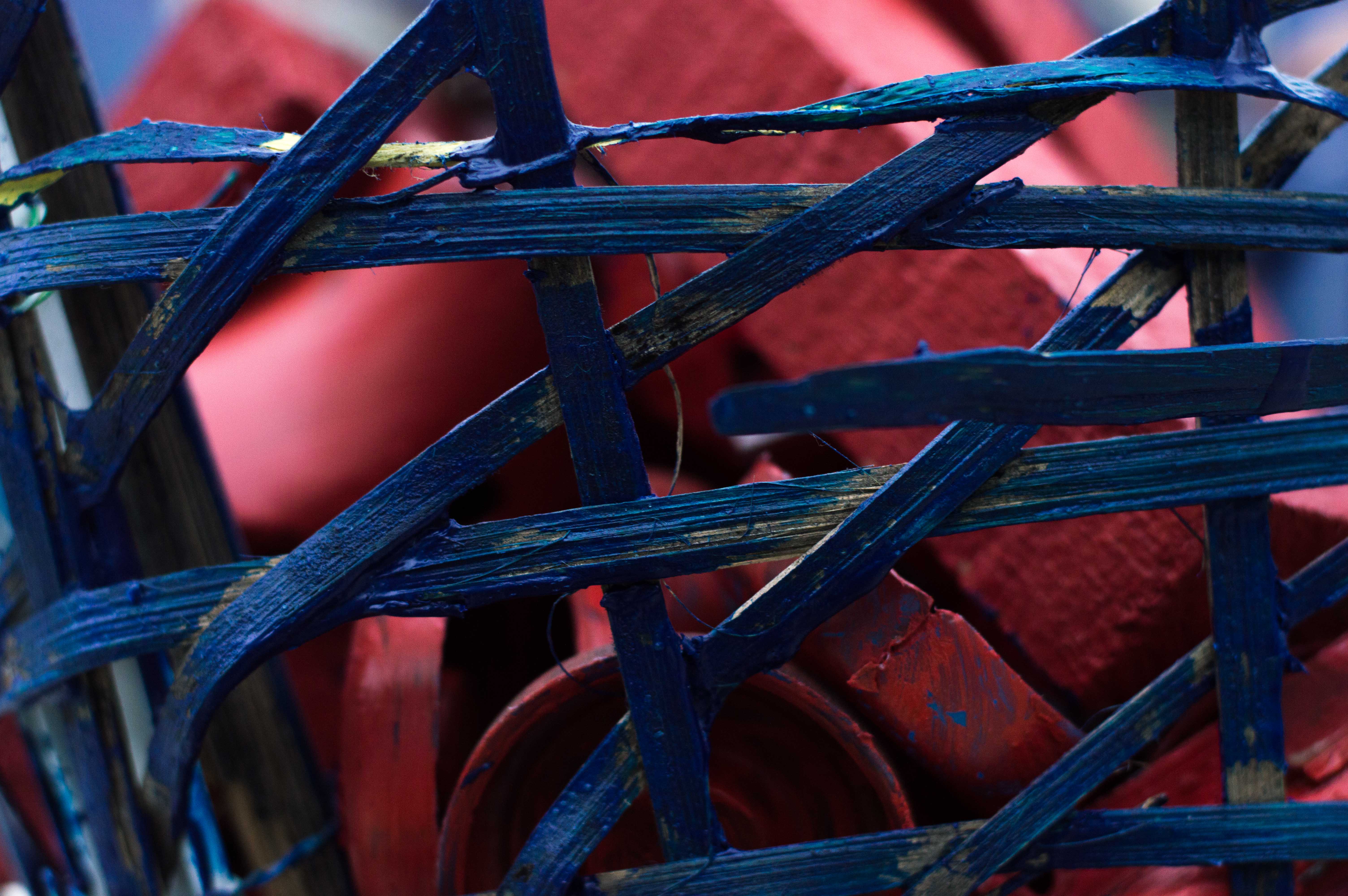
Complexing several concepts, one of them was not more than a reflexion in between the boundaries of time and resources. Magnified or strongly stretched with more or less curiosity and creativity, imagination, ideas and expression.
